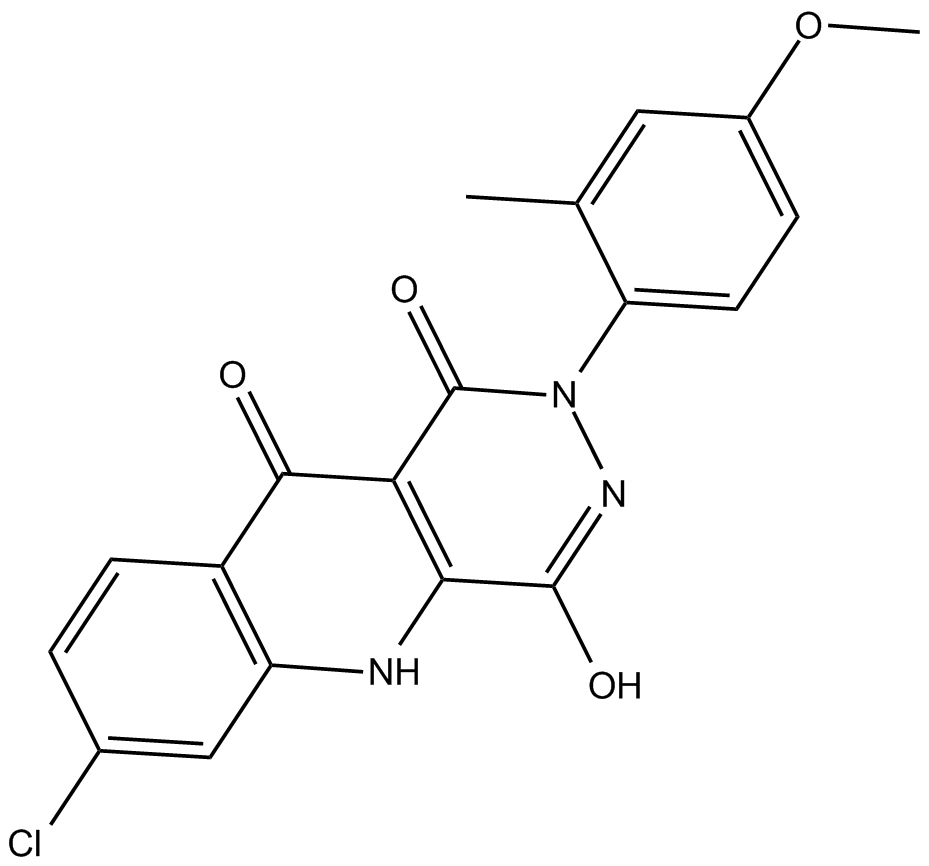NMDA Receptor
NMDA (N-methyl-D-aspartate) receptor is a glutamate-gated cation channels that plays a vital role in regulating synaptic transmission, neuroplasticity and central nervous system development. It is involved in a range of physiological processes such as learning, memory and pain etc.
Produkte für NMDA Receptor
- Bestell-Nr. Artikelname Informationen
-
GC10237
(±)-1-(1,2-Diphenylethyl)piperidine maleate
NMDA receptor antagonist
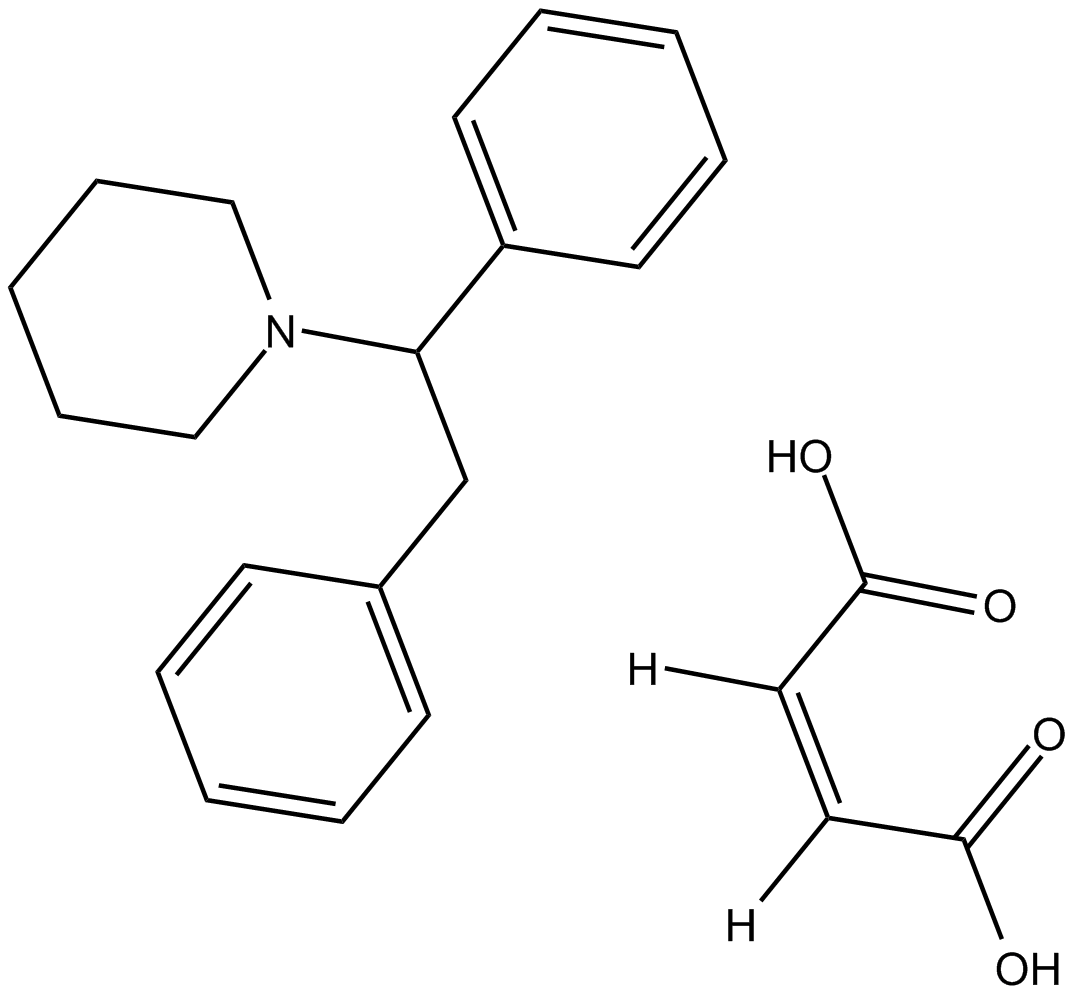
-
GC16616
(+)-MK 801
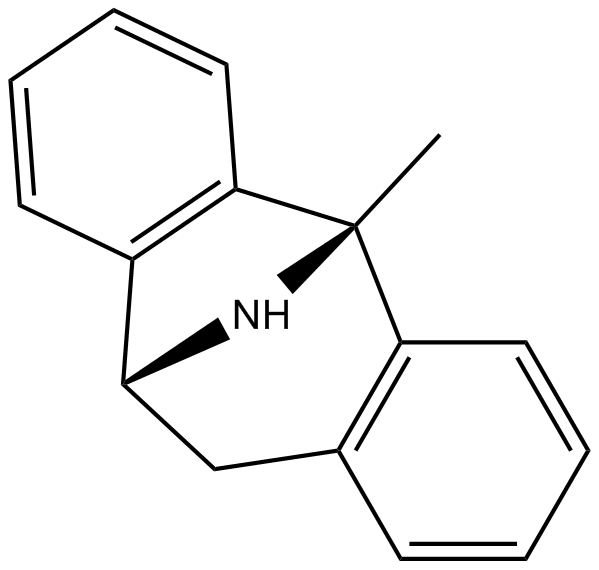
-
GC11025
(+)-MK 801 Maleate
(+)-MK 801 Maleat (MK-801-Maleat) ist ein potenter, selektiver und nicht-kompetitiver NMDA-Rezeptor-Antagonist mit einer Kd von 37,2 nM in Rattenhirnmembranen.
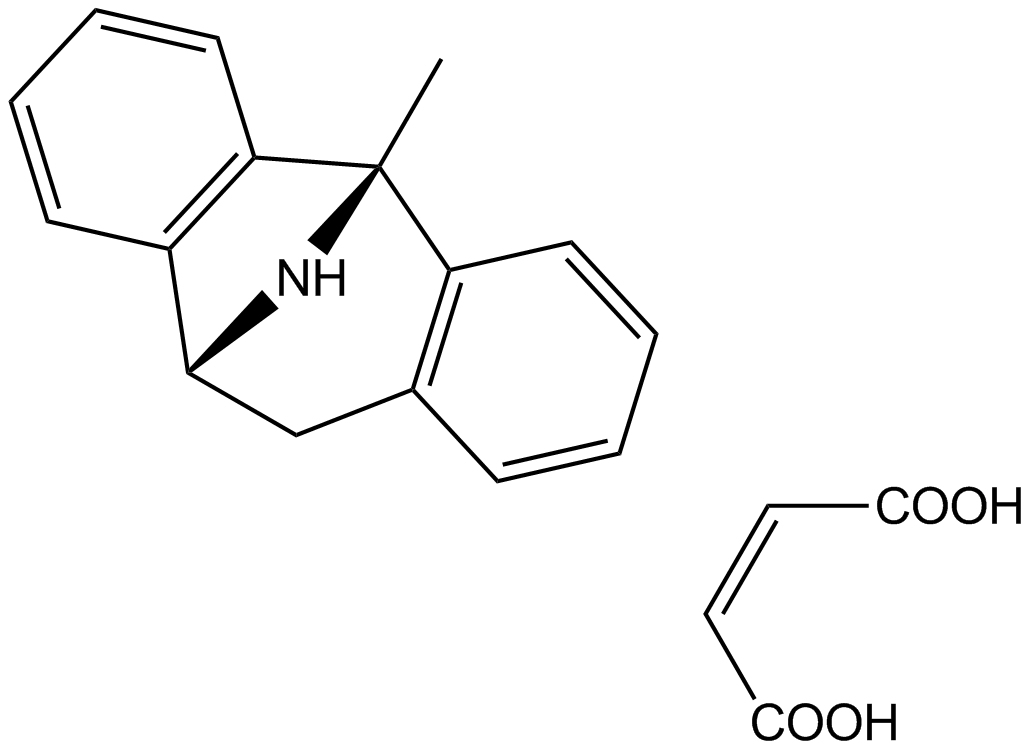
-
GC15270
(-)-MK 801
(-)-MK 801 ((-)-MK-801 Maleat) ist ein weniger aktives (-)-Enantiomer von Dizocilpin.
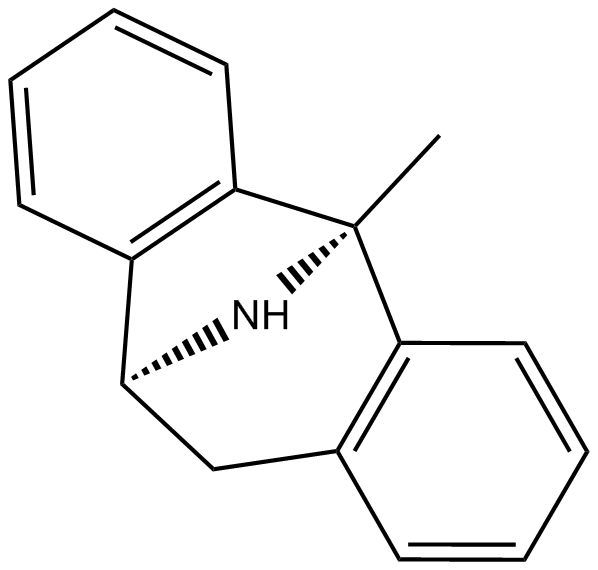
-
GC16915
(2R,3S)-Chlorpheg
NMDA receptor antagonist
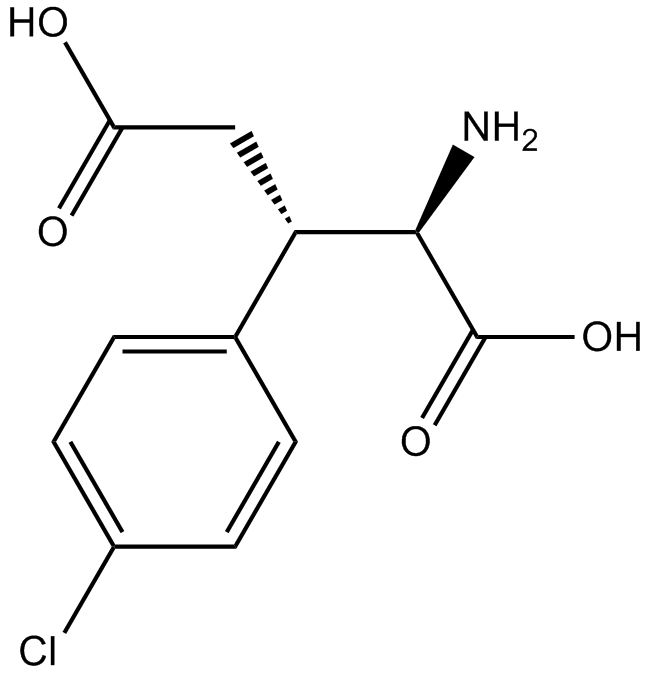
-
GC14085
(R)-(+)-HA-966
(R)-(+)-HA-966 ((+)-HA-966) ist ein partieller Agonist/Antagonist der Glycinstelle des N-Methyl-D-Aspartat (NMDA)-Rezeptorkomplexes.
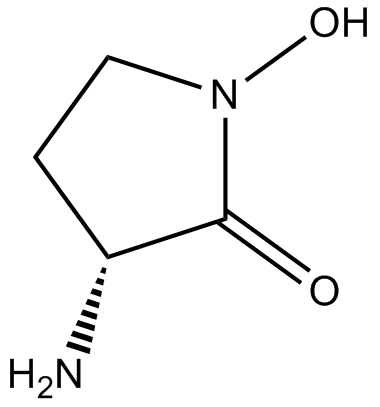
-
GC10168
(R)-4-Carboxyphenylglycine
NMDA receptor antagonist
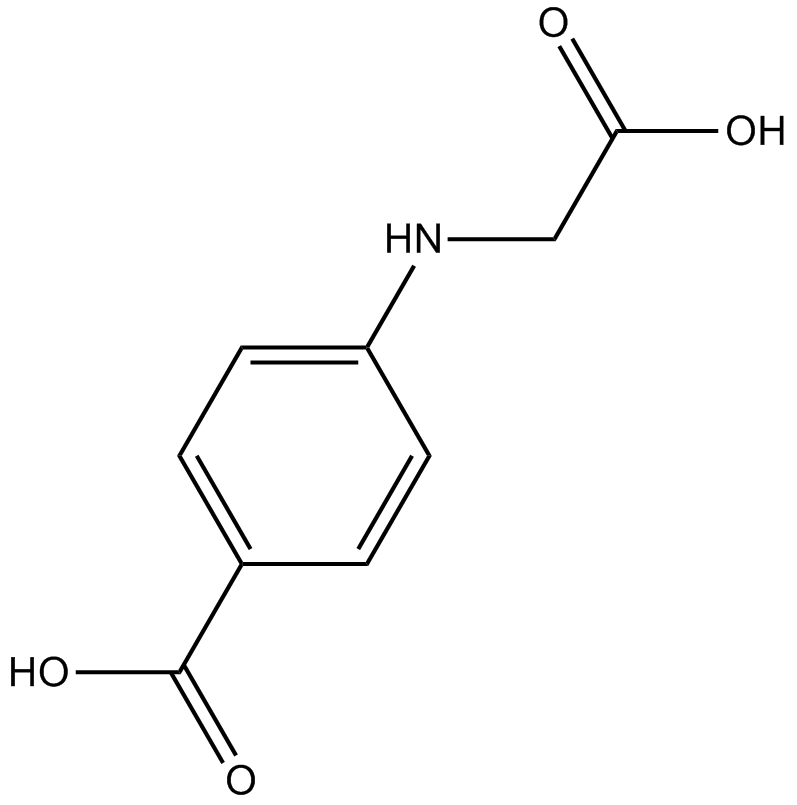
-
GC14236
(R)-CPP
(R)-CPP ist ein hochwirksamer NMDA-Rezeptorantagonist.
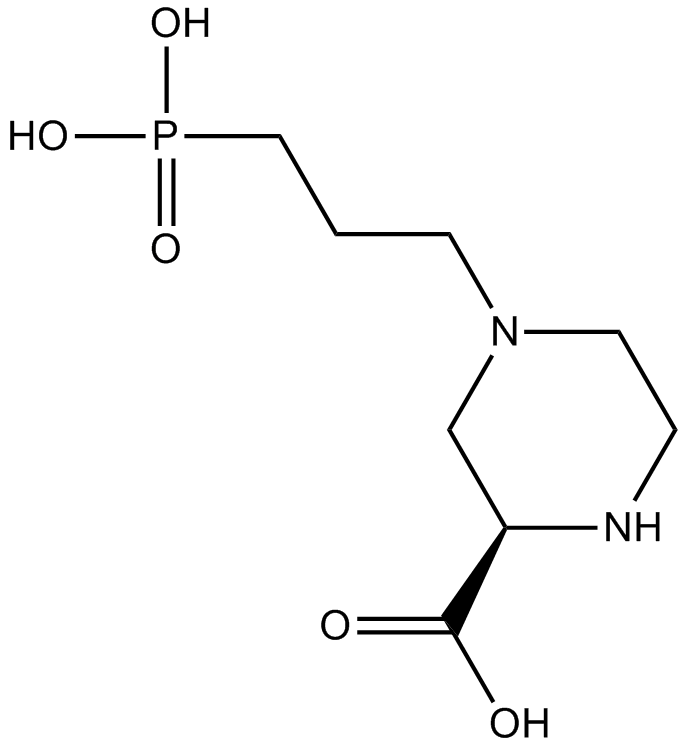
-
GC12488
(RS)-(Tetrazol-5-yl)glycine
(RS)-(Tetrazol-5-yl)glycin (D,L-(Tetrazol-5-yl)glycin) ist ein hochwirksamer und selektiver N-Methyl-D-aspartat (NMDA)-Rezeptoragonist.
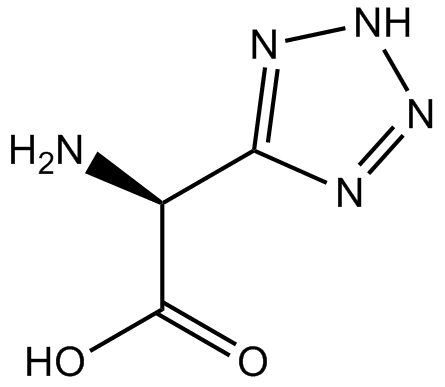
-
GC10476
(RS)-CPP
NMDA antagonist
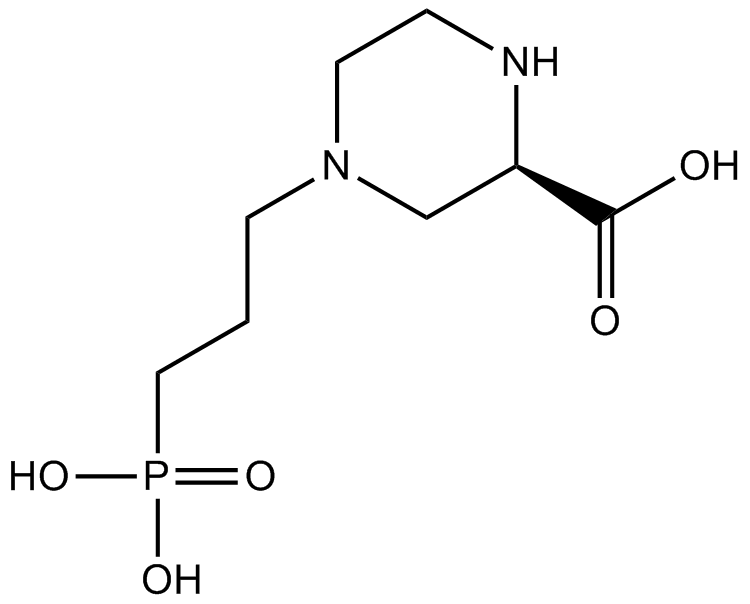
-
GC10370
(S)-(-)-HA-966
(S)-(-)-HA-966 ((-)-HA 966), ein γ-Hydroxybutyrat-ähnlicher Wirkstoff, ist als NMDA-Rezeptorantagonist schwach aktiv.
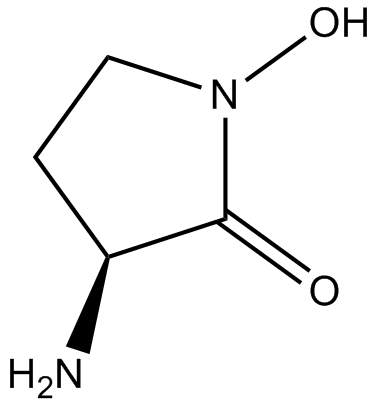
-
GC16799
5,7-Dichlorokynurenic acid
5,7-DichlorkynurensÄure (5,7-DCKA) ist ein selektiver und kompetitiver Antagonist der Glycinstelle am NMDA-Rezeptor mit einem KB von 65 nM.
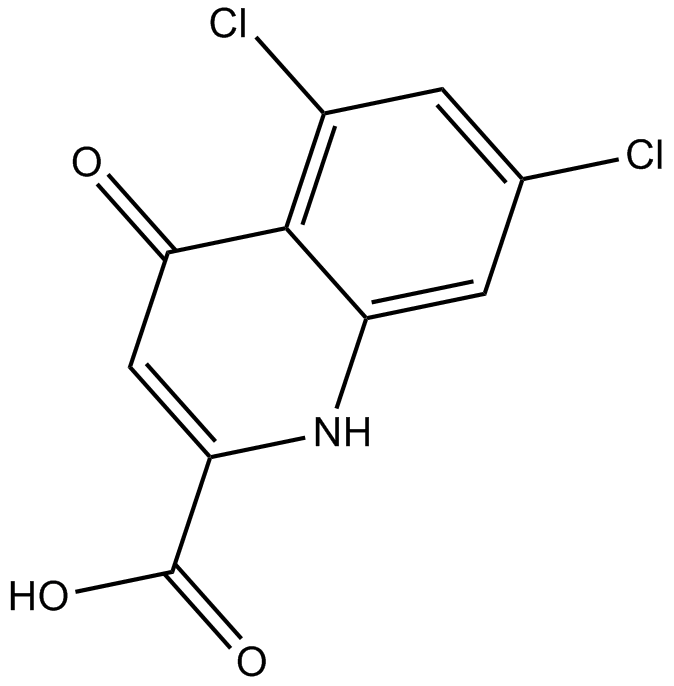
-
GC14598
5,7-Dichlorokynurenic acid sodium salt
NMDA receptor antagonist
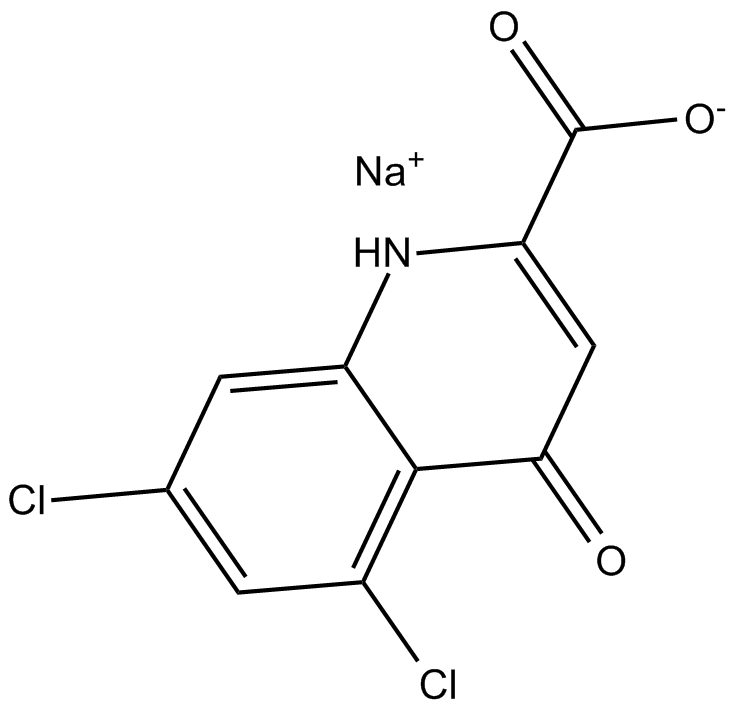
-
GC11286
ACBC
ACBC ist ein partieller Agonist des NMDA-Rezeptors, der an der Glycinstelle NR1 wirkt.
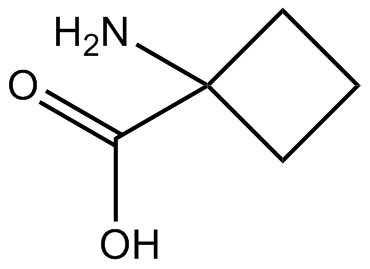
-
GC14470
Arcaine sulfate
NMDA antagonist
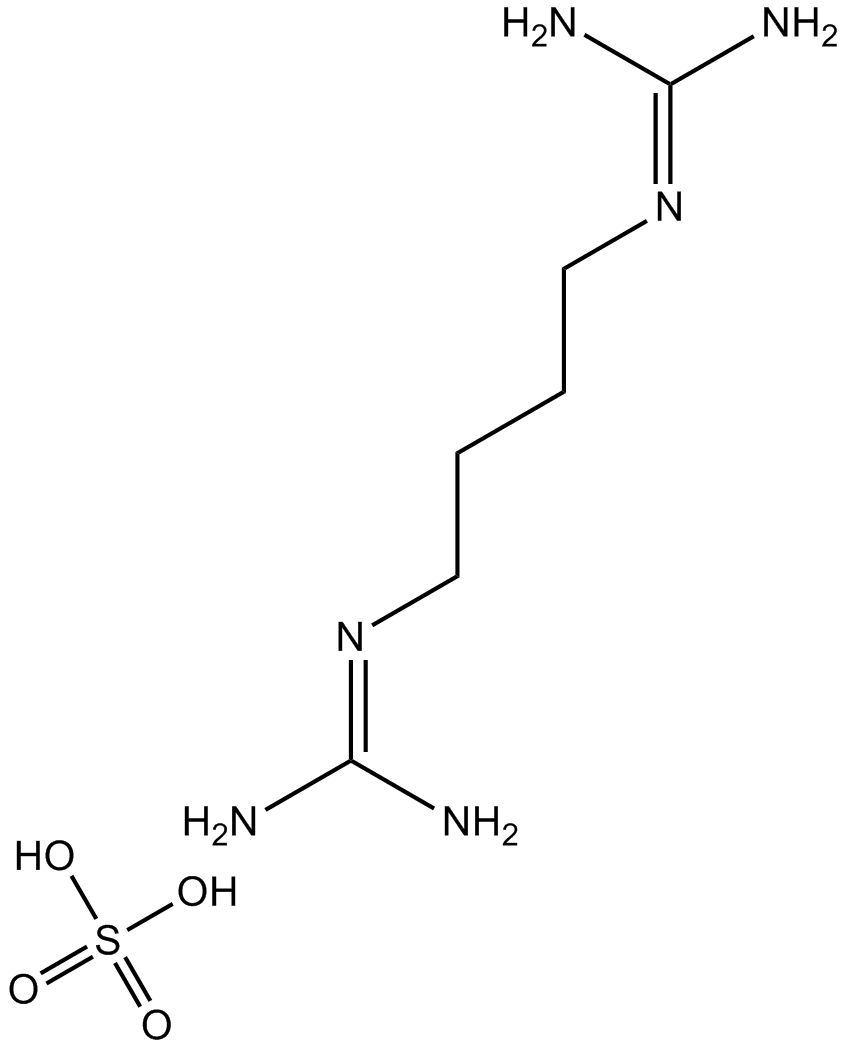
-
GC12137
CCMQ
inhibits [3H]-homoquinolinic acid binding to non-NMDA sensitive sites
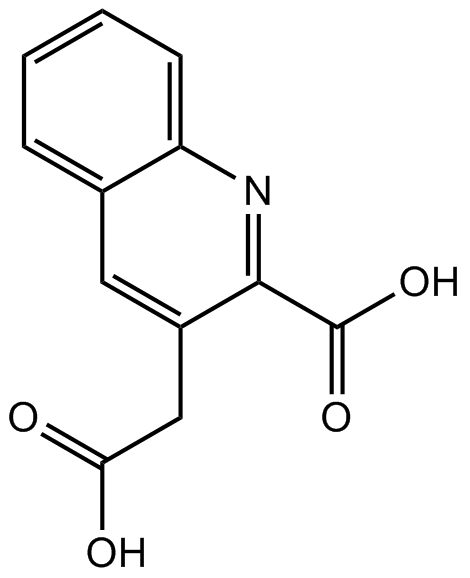
-
GC10122
CGP 37849
CGP 37849 ist ein potenter, kompetitiver und oral aktiver N-Methyl-D-Aspartat (NMDA)-Rezeptorantagonist.
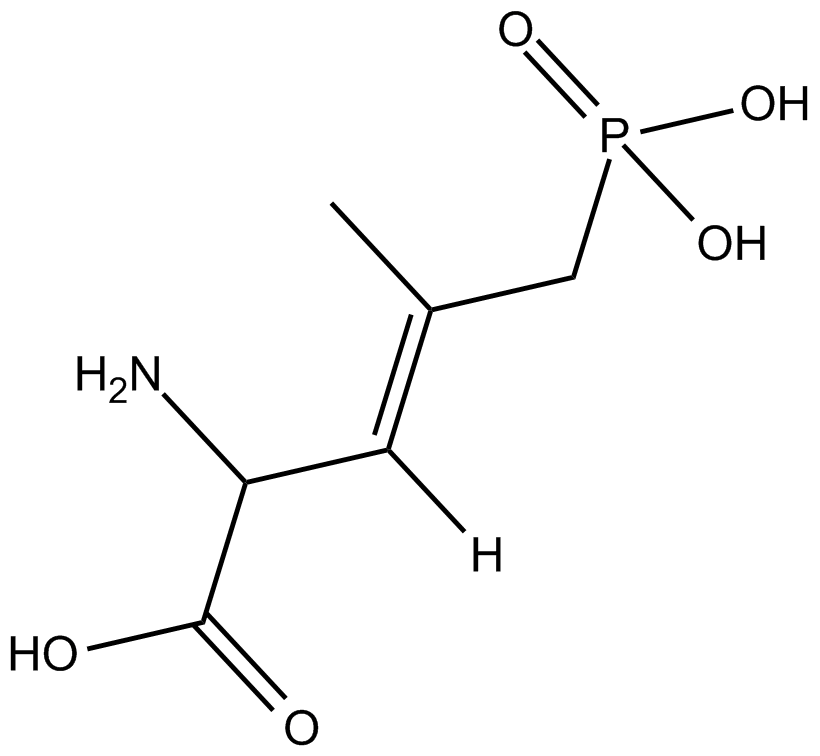
-
GC11027
CGP 39551
CGP 39551 ist ein potenter, oral aktiver, kompetitiver N-Methyl-D-Aspartat (NMDA)-Rezeptorantagonist mit starker antikonvulsiver Wirkung.
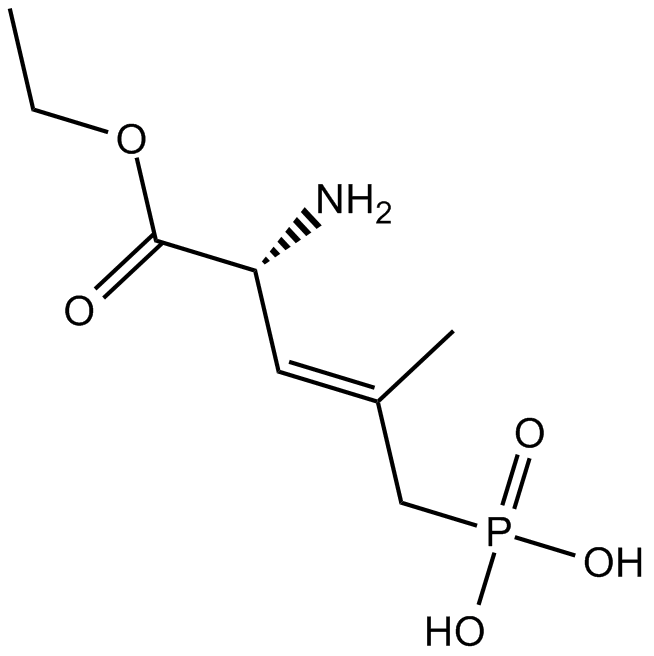
-
GC15752
CGP 78608 hydrochloride
CGP 78608-Hydrochlorid ist ein hochwirksamer und selektiver Antagonist an der Glycin-Bindungsstelle des NMDA-Rezeptors mit einem IC50-Wert von 6 nM.
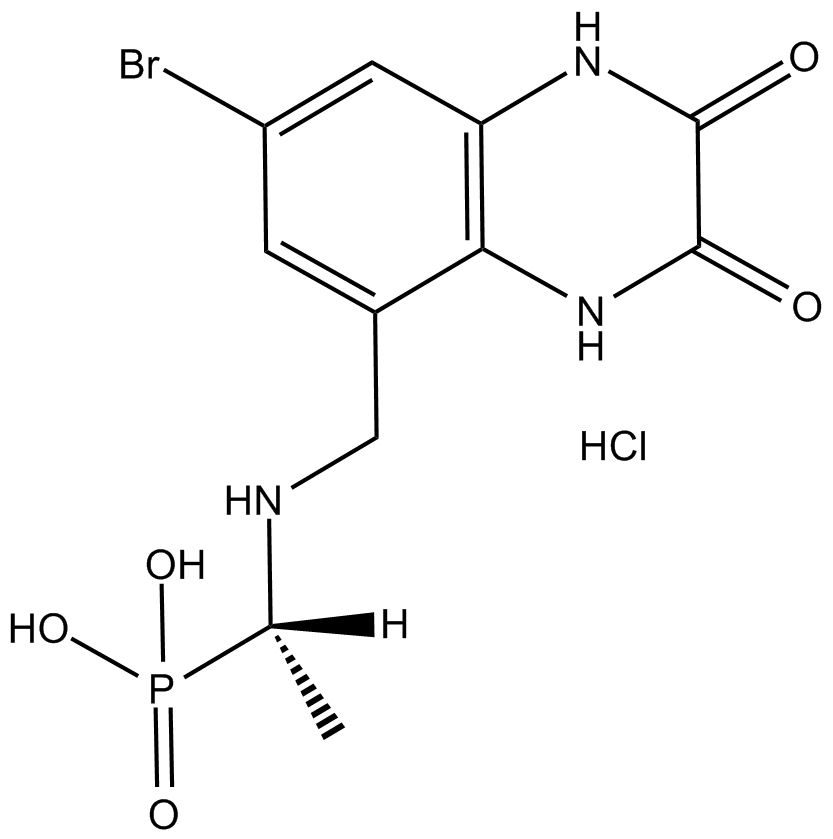
-
GC16272
CGS 19755
NMDA receptor antagonist
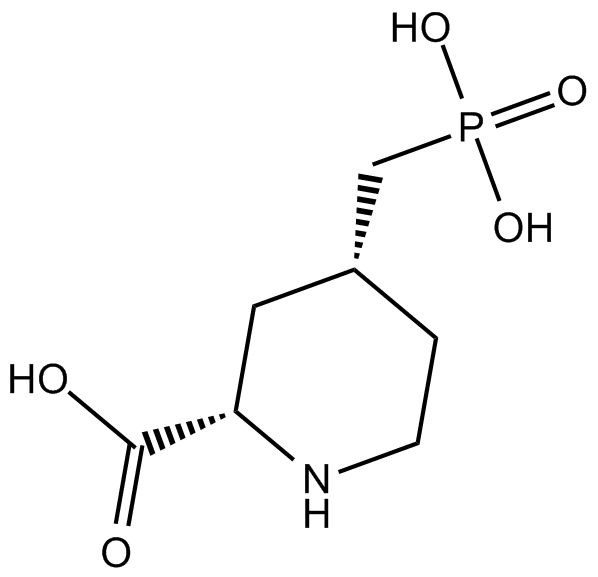
-
GC14414
CIQ
CIQ ist ein untereinheitsselektiver Potenziator von NMDA-Rezeptoren, die die NR2C- oder NR2D-Untereinheit enthalten.
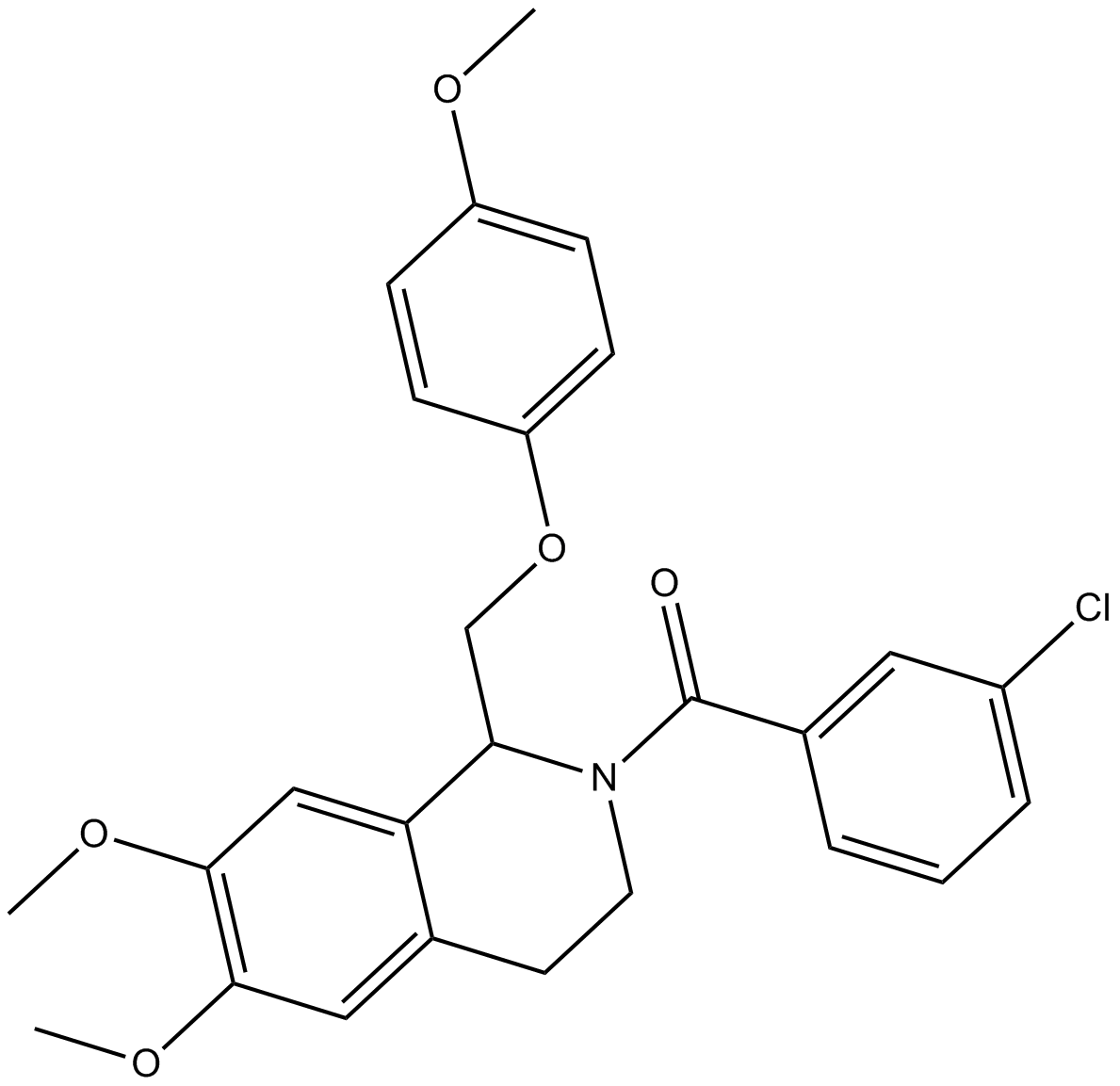
-
GC11942
cis-ACPD
cis-ACPD ist ein potenter Agonist des NMDA-Rezeptors mit einer IC50 von 3,3 μM.
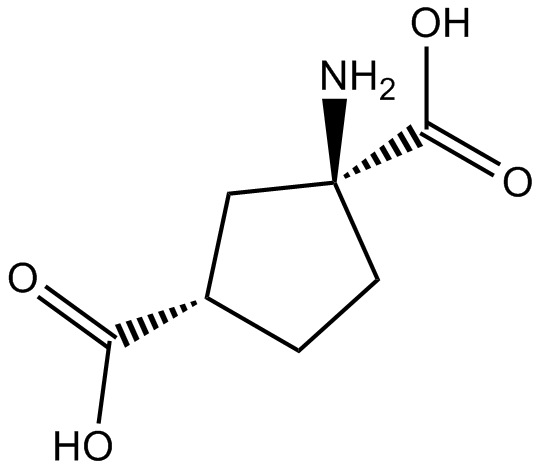
-
GC10792
Co 101244 hydrochloride
Co 101244 (PD 174494) Hydrochlorid ist ein NR2B-haltiger NMDA-Rezeptorantagonist.
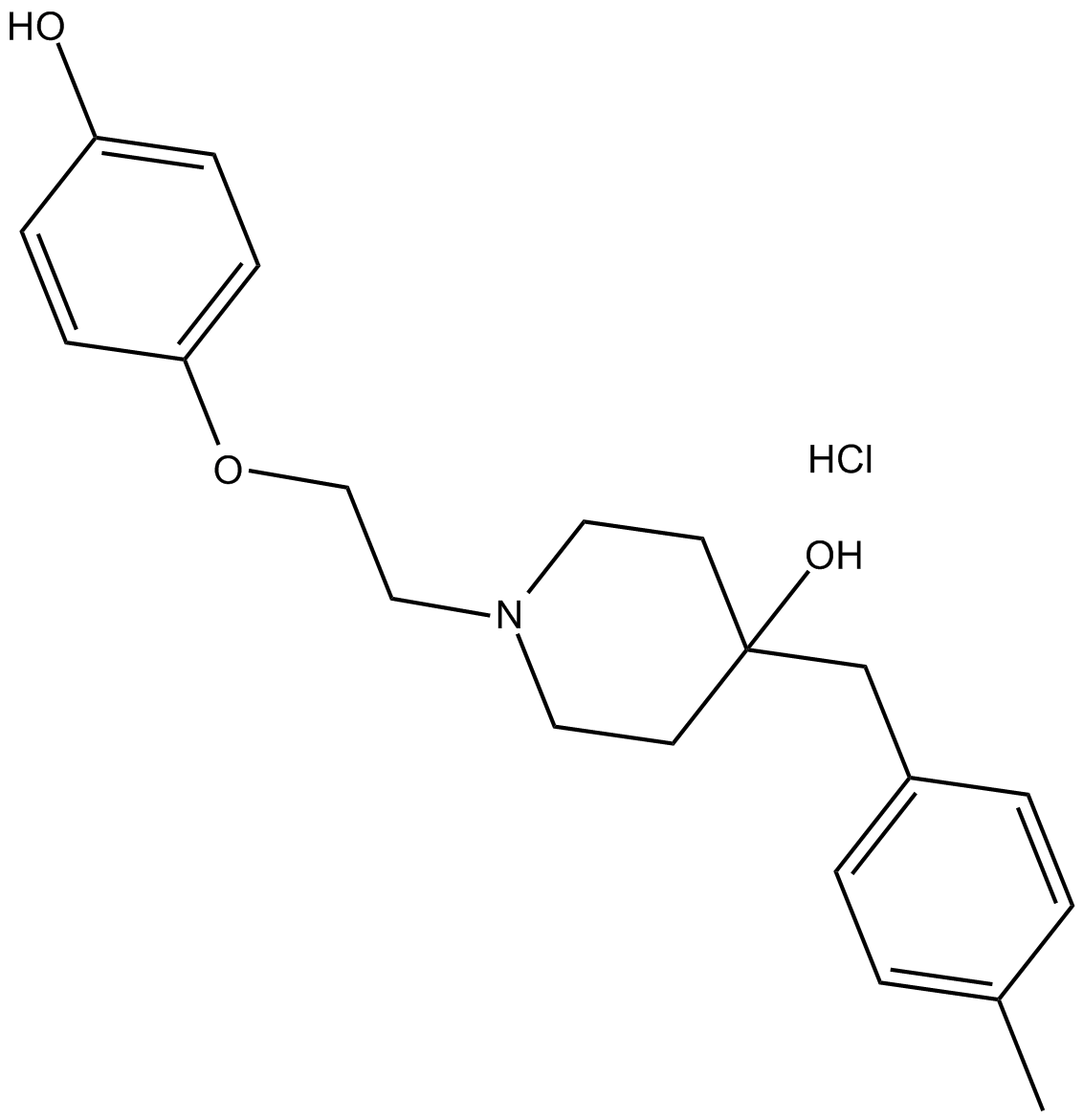
-
GC13714
Conantokin G
Conantokin G, ein Peptid aus 17 AminosÄuren, ist ein potenter, selektiver und kompetitiver Antagonist von N-Methyl-D-Aspartat (NMDA)-Rezeptoren.
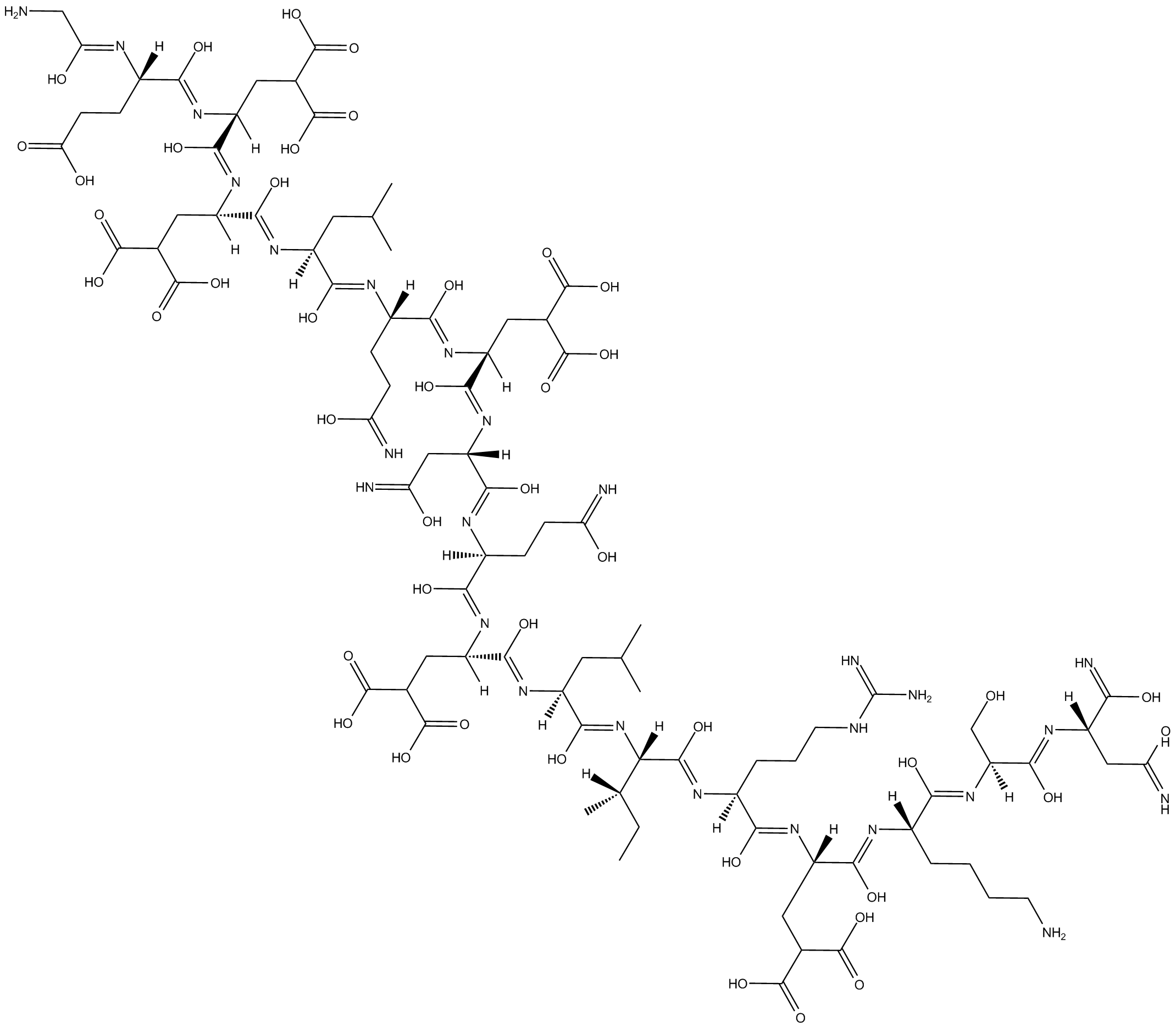
-
GC12944
Conantokin-R
non-competitive NMDA receptor antagonist

-
GC15156
Conantokin-T
Non-competitive NMDA receptor antagonist
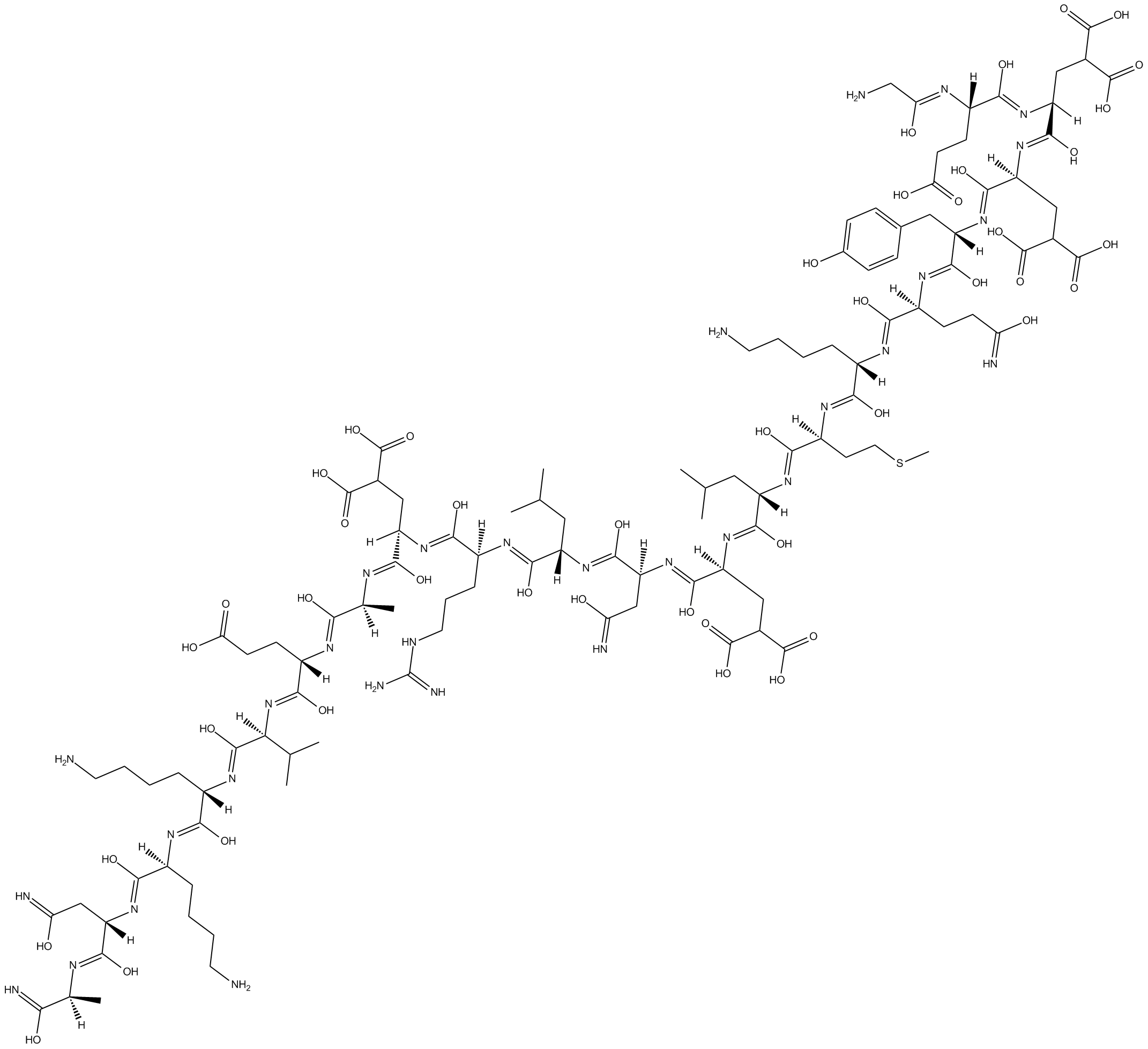
-
GC16315
D-AP5
D-AP5 (D-APV) ist ein selektiver und kompetitiver NMDA-Rezeptorantagonist mit einer Kd von 1,4 μM.
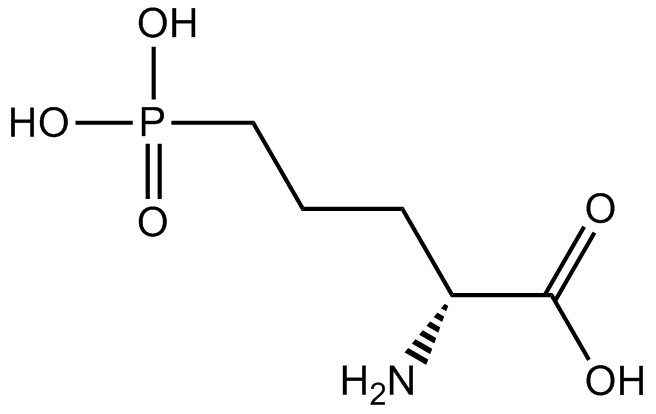
-
GC15112
D-AP7
NMDA receptor antagonist
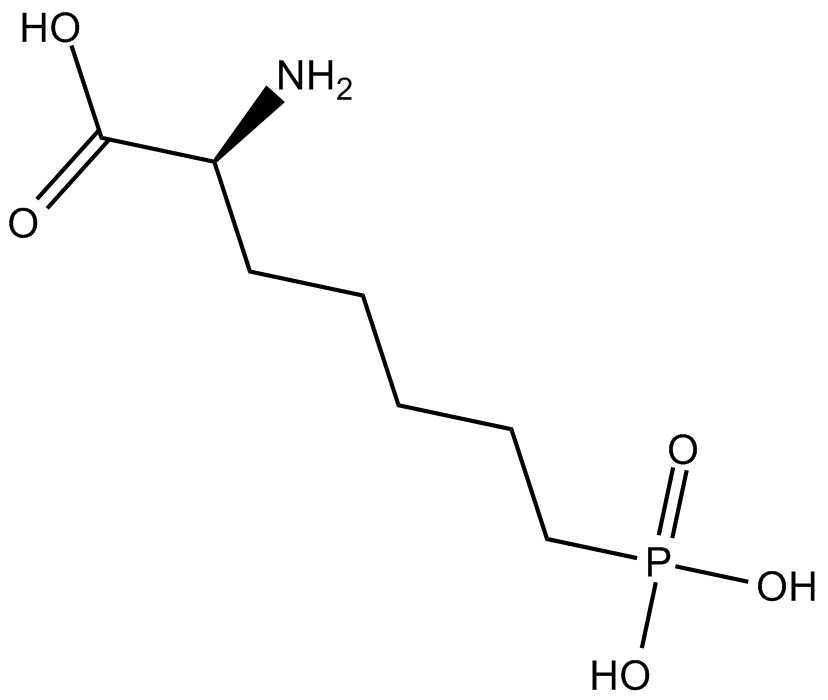
-
GC10043
D-CPP-ene
NMDA antagonist
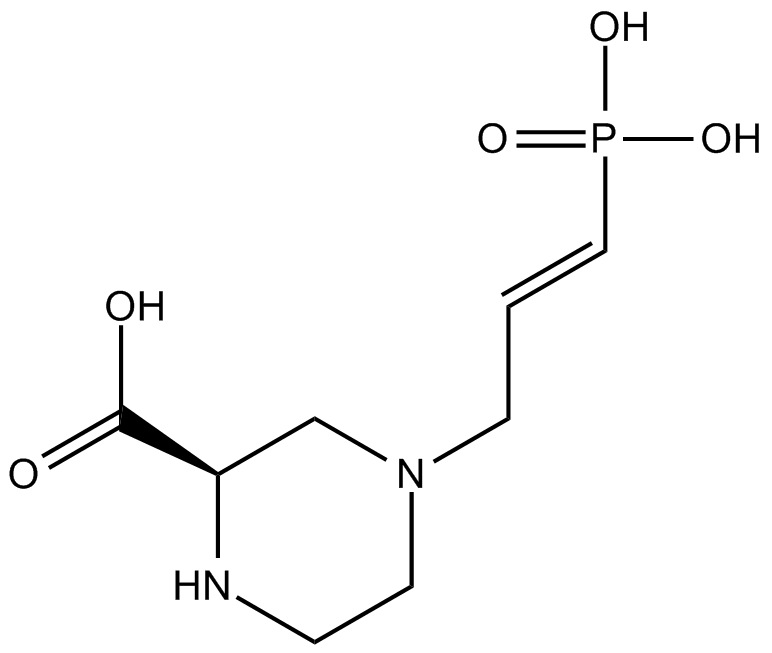
-
GC17206
DL-AP5
DL-AP5 ist ein NMDA (N-Methyl-D-Aspartat)-Rezeptorantagonist.
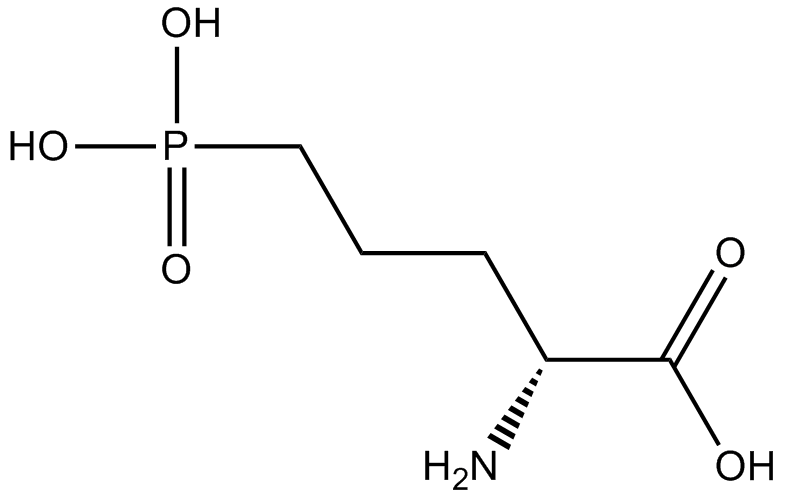
-
GC14897
DL-AP5 Sodium salt
NMDA receptor antagonist
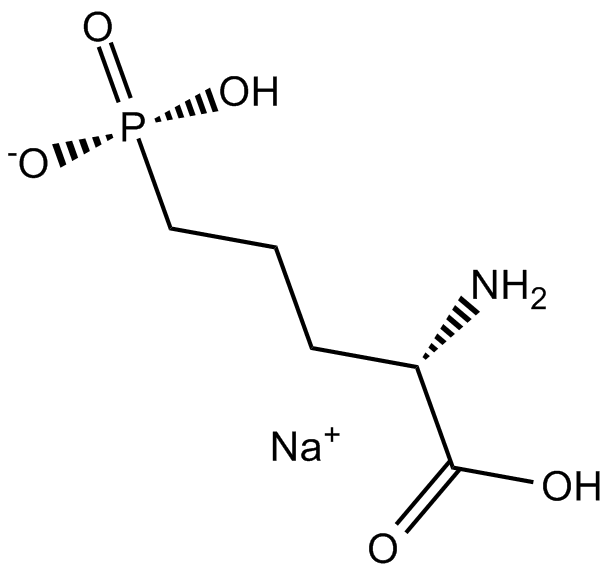
-
GC11335
DL-AP7
DL-AP7 ist ein kompetitiver NMDA-Antagonist und ein Antikonvulsivum.
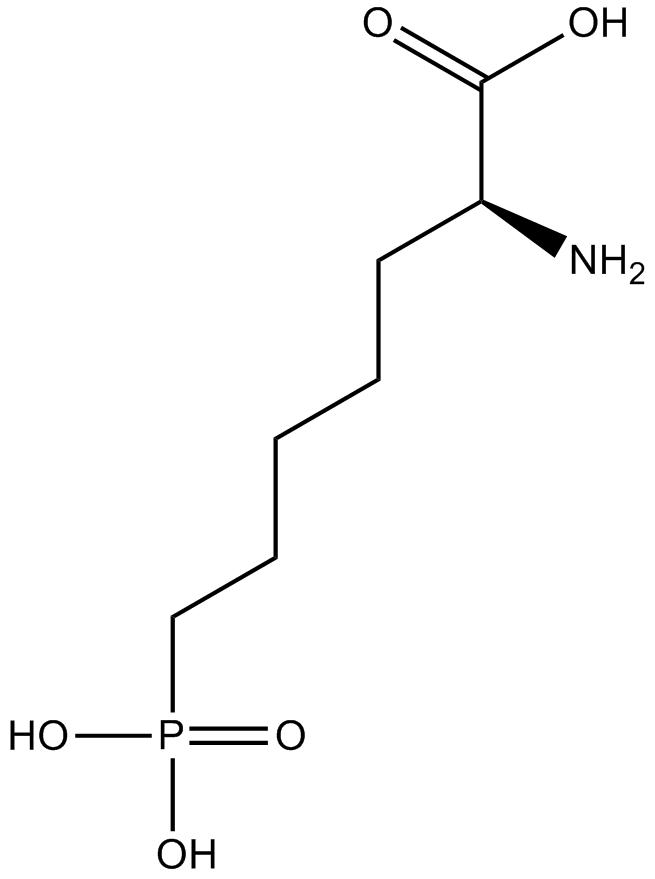
-
GC10085
DQP 1105
DQP 1105 ist ein potenter nichtkompetitiver NMDA-Rezeptorantagonist.
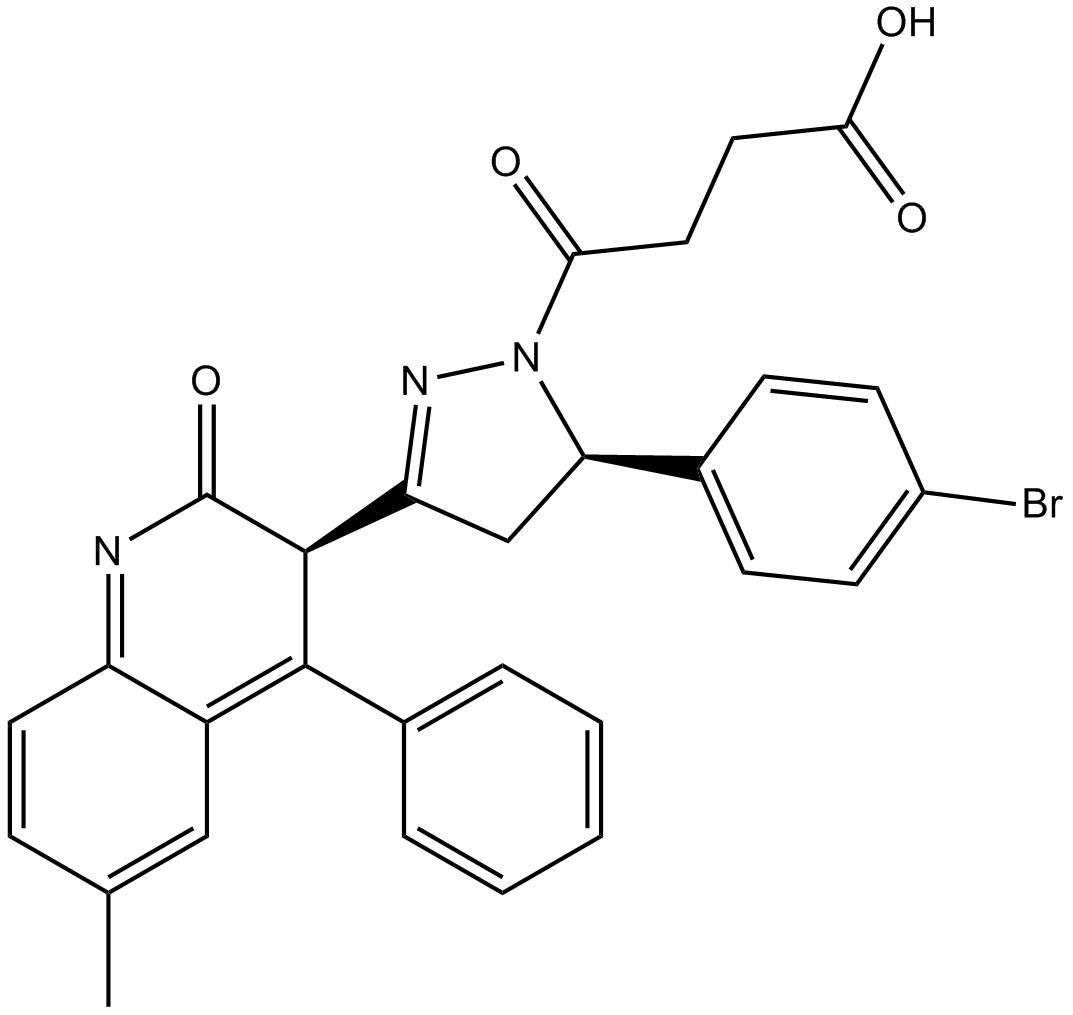
-
GC15343
Eliprodil
Eliprodil (SL-820715) ist ein nicht-kompetitiver NR2B-NMDA-Rezeptorantagonist (IC50 = 1 uM), weniger wirksam fÜr NR2A- und NR2C-haltige Rezeptoren (IC50 > 100 uM).
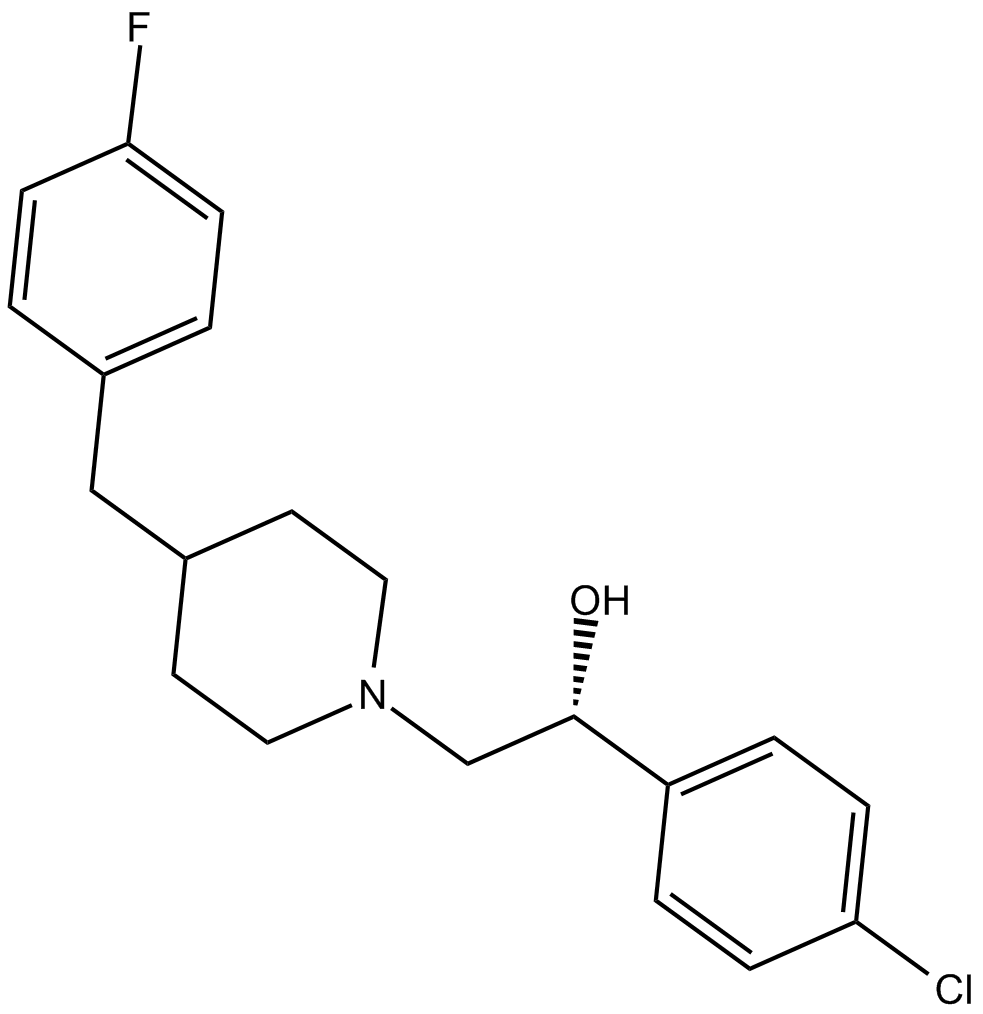
-
GC10522
Felbamate
Felbamat (W-554) ist ein starkes, nicht sedierendes Antikonvulsivum, dessen klinische Wirkung mÖglicherweise mit der Hemmung von N-Methyl-D-Aspartat (NMDA) zusammenhÄngt.
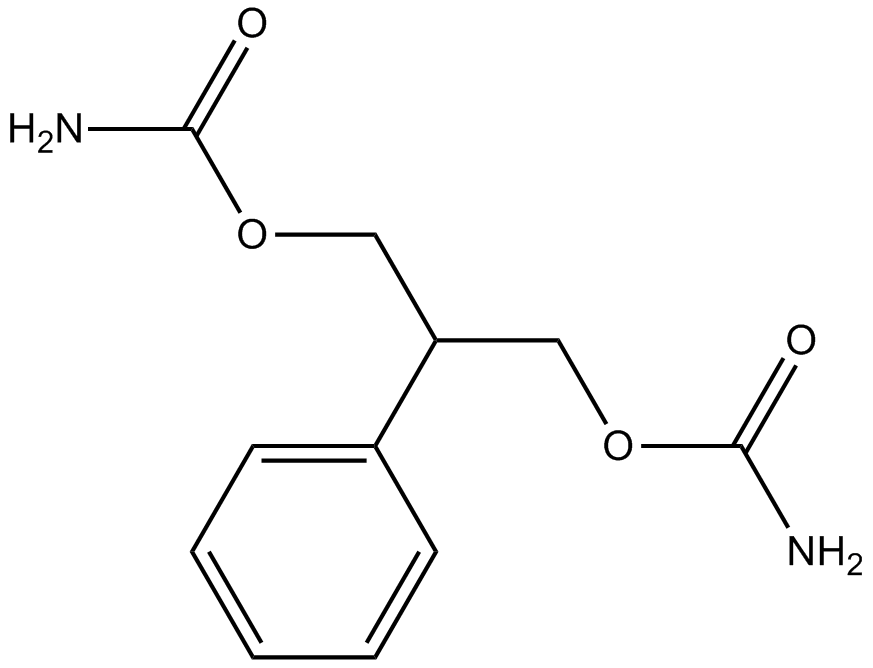
-
GC15363
Felbamate hydrate
Felbamat-Hydrat (W-554-Hydrat) ist ein starkes, nicht sedierendes Antikonvulsivum, dessen klinische Wirkung mÖglicherweise mit der Hemmung von N-Methyl-D-Aspartat (NMDA) zusammenhÄngt.
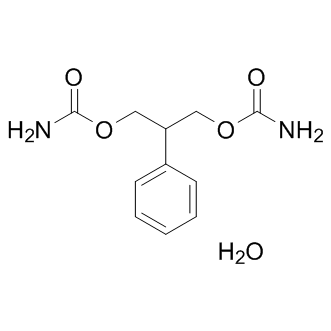
-
GC11470
Flupirtine maleate
Flupirtinmaleat ist ein in das Gehirn eindringendes und oral bioverfÜgbares, nicht-opioides und zentral wirkendes Analgetikum.
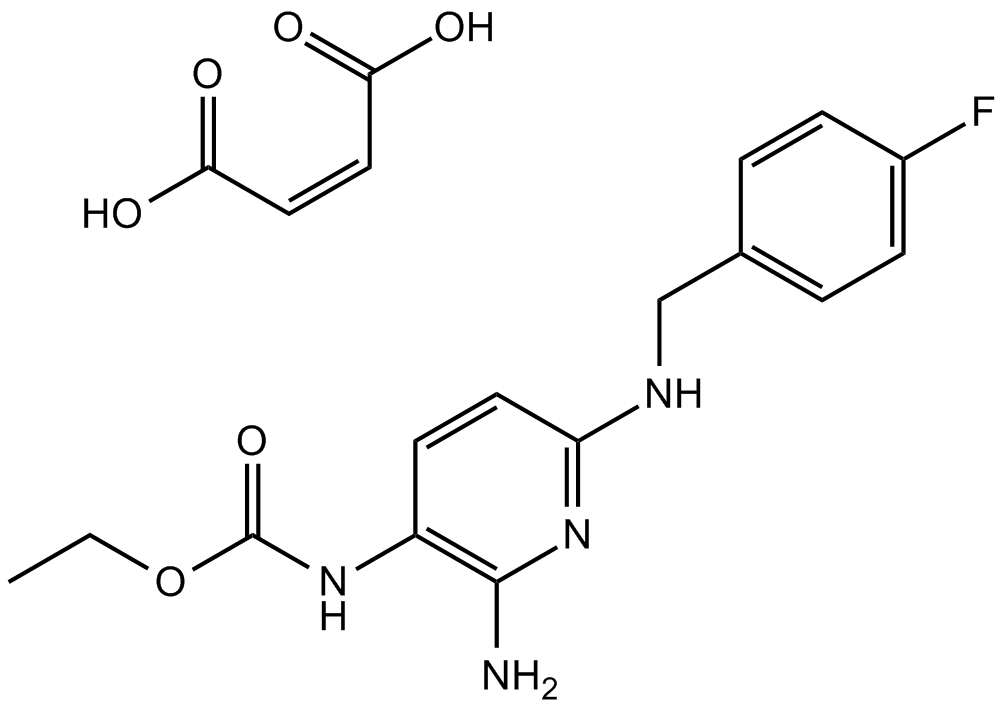
-
GC17481
Gavestinel
Gavestinel (GV 150526) ist ein potenter, selektiver, oral aktiver und nicht kompetitiver Antagonist des NMDA-Rezeptors.
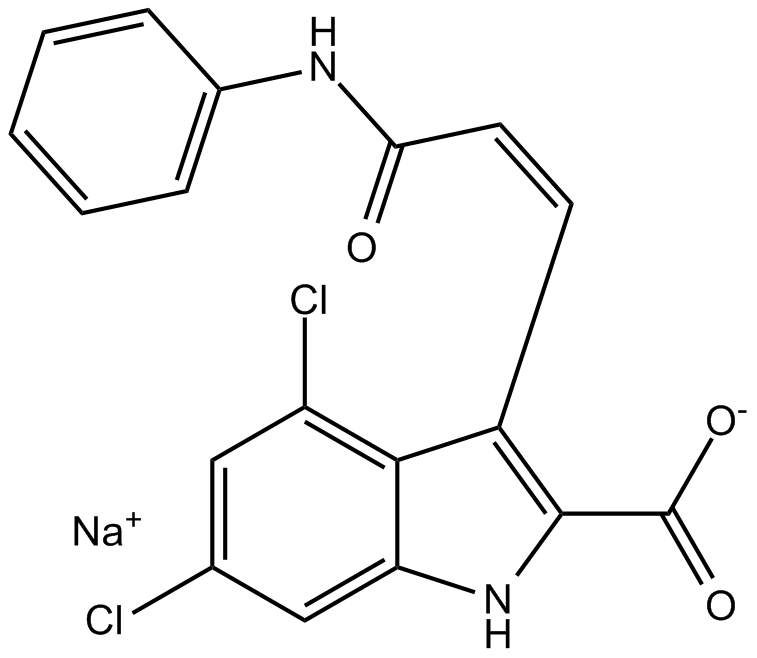
-
GC14121
GLYX 13
GLYX 13 (GLYX-13) ist ein N-Methyl-D-Aspartat-Rezeptor (NMDAR)-Modulator, der die Eigenschaften eines partiellen Glycinstellen-Agonisten aufweist.
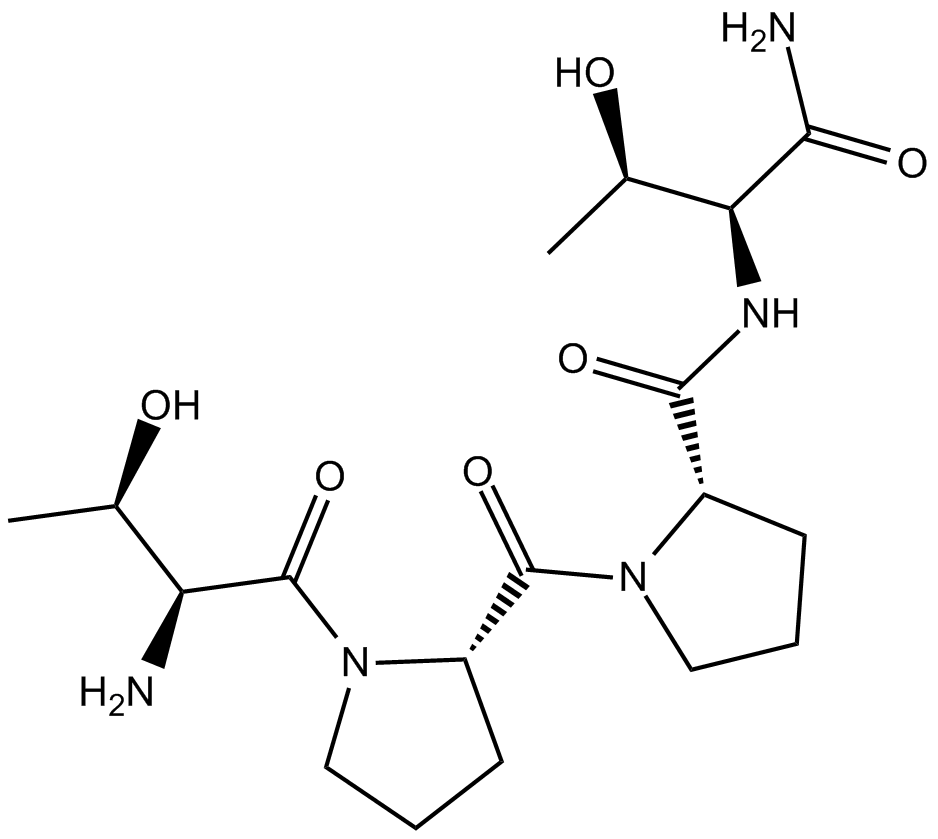
-
GC10114
Homoquinolinic acid
NMDA receptor agonist
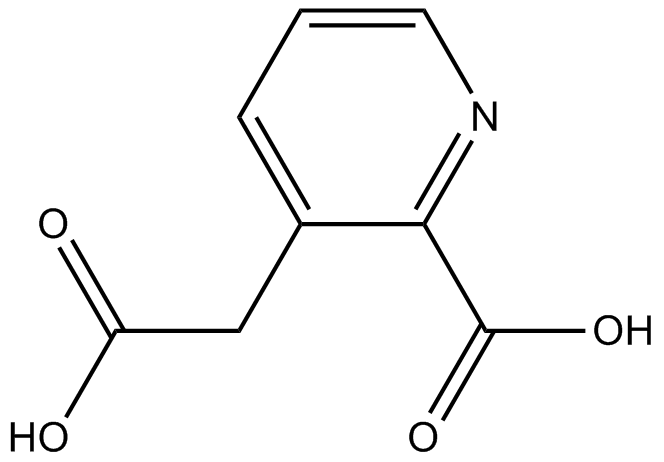
-
GC13074
HU 211
NMDA antagonist, novel and non-competitive
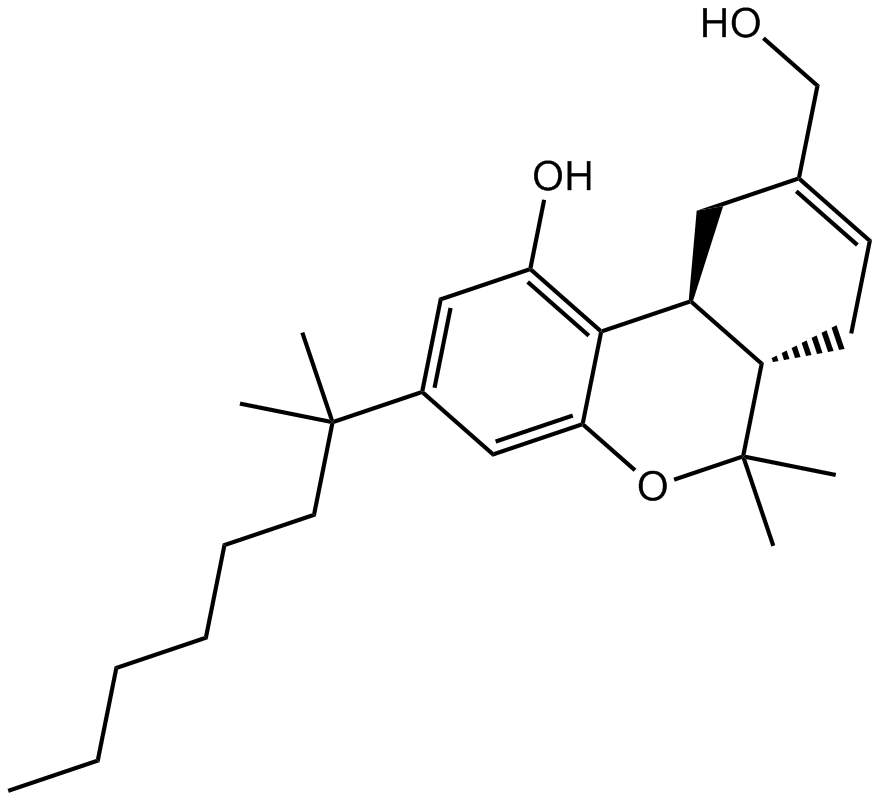
-
GC11715
Ibotenic acid
IbotensÄure hat eine agonistische Wirkung sowohl an den N-Methyl-D-Aspartat (NMDA)- als auch an den trans-ACPD- oder metabolotropen Quisqualat (Qm)-Rezeptorstellen.

-
GC10471
Ifenprodil hemitartrate
Ifenprodil-Hemitartrat ist ein typischer nicht-kompetitiver NMDA-Rezeptorantagonist.
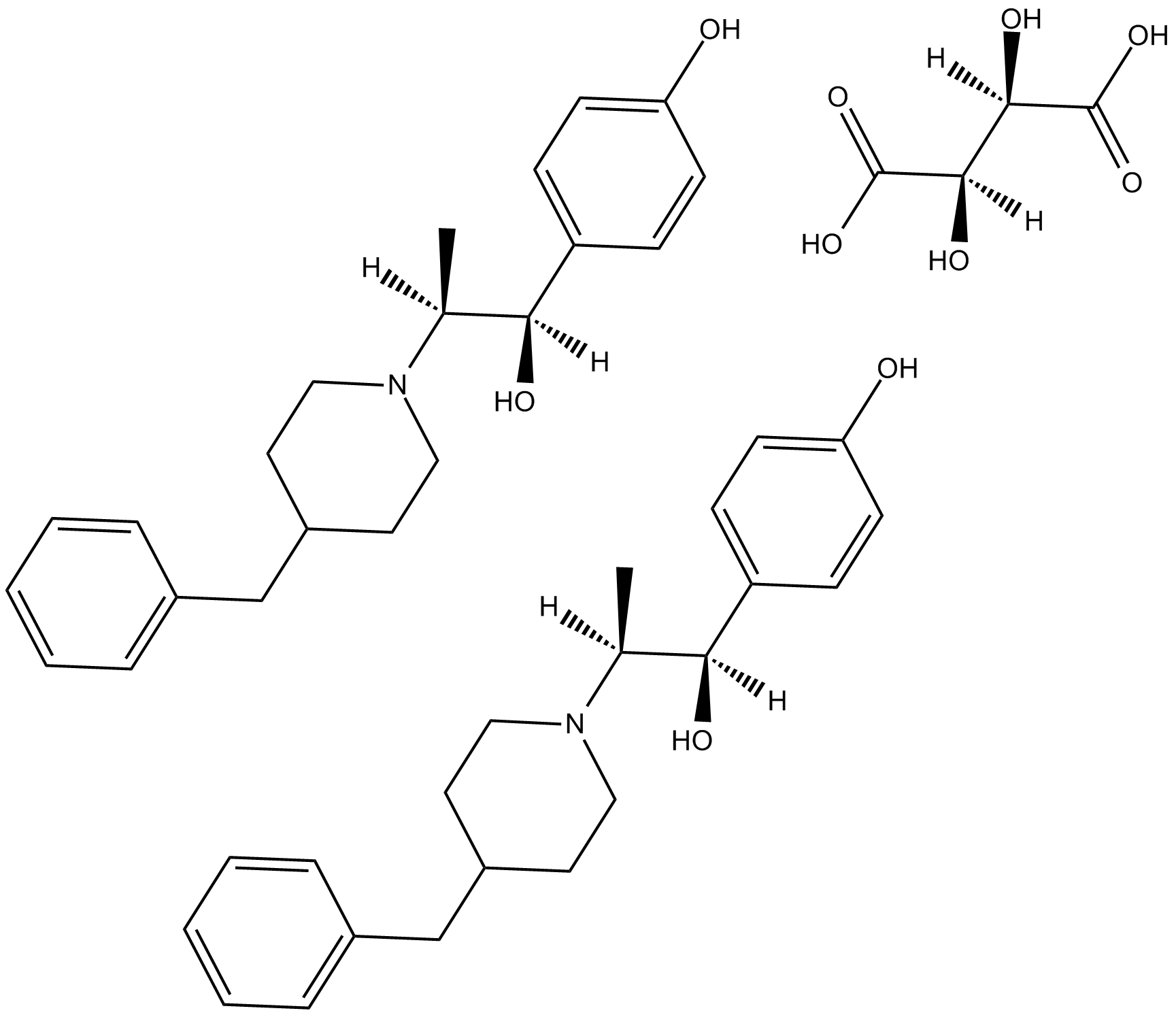
-
GC10696
L-689,560
L-689,560 ist ein potenter N-Methyl-D-Aspartat (NMDA)-Rezeptor-Antagonist an der GluN1-Glycin-Bindungsstelle.
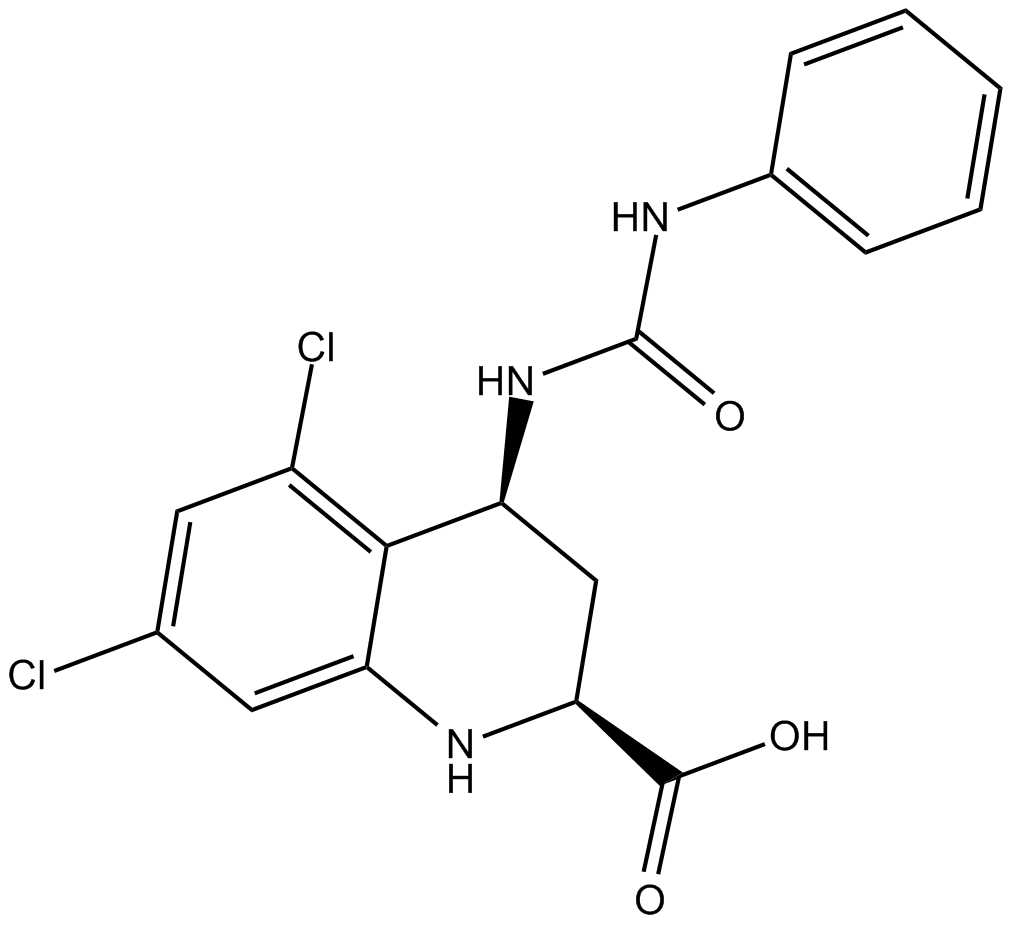
-
GC11706
L-701,252
L-701,252 ist ein potenter Antagonist des Glycinstellen-NMDA-Rezeptors mit einem IC50 von 420 nM.
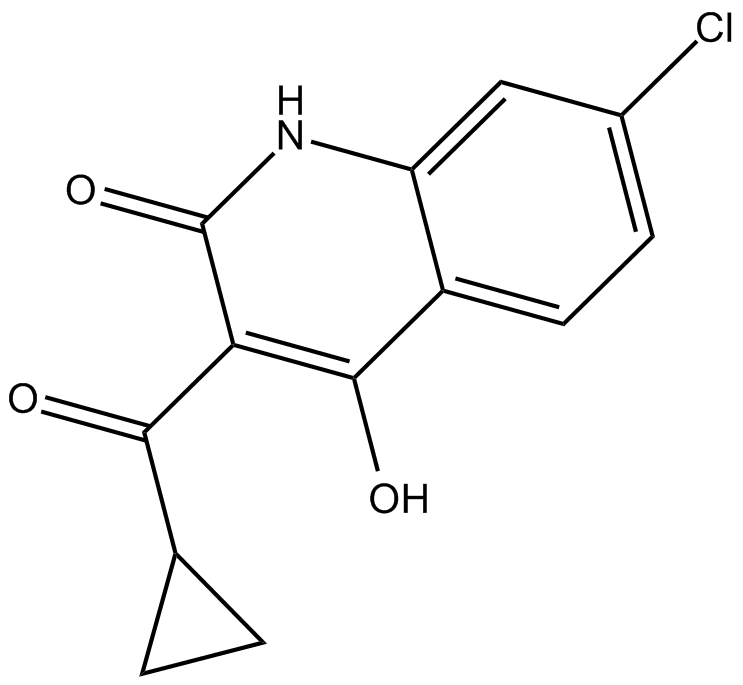
-
GC14810
L-701,324
L-701,324 ist ein potenter, oral aktiver NMDA-Rezeptorantagonist, der die Aktivität des NMDA-Rezeptors antagonisiert, indem er seine Glycin-B-Bindungsstelle blockiert.
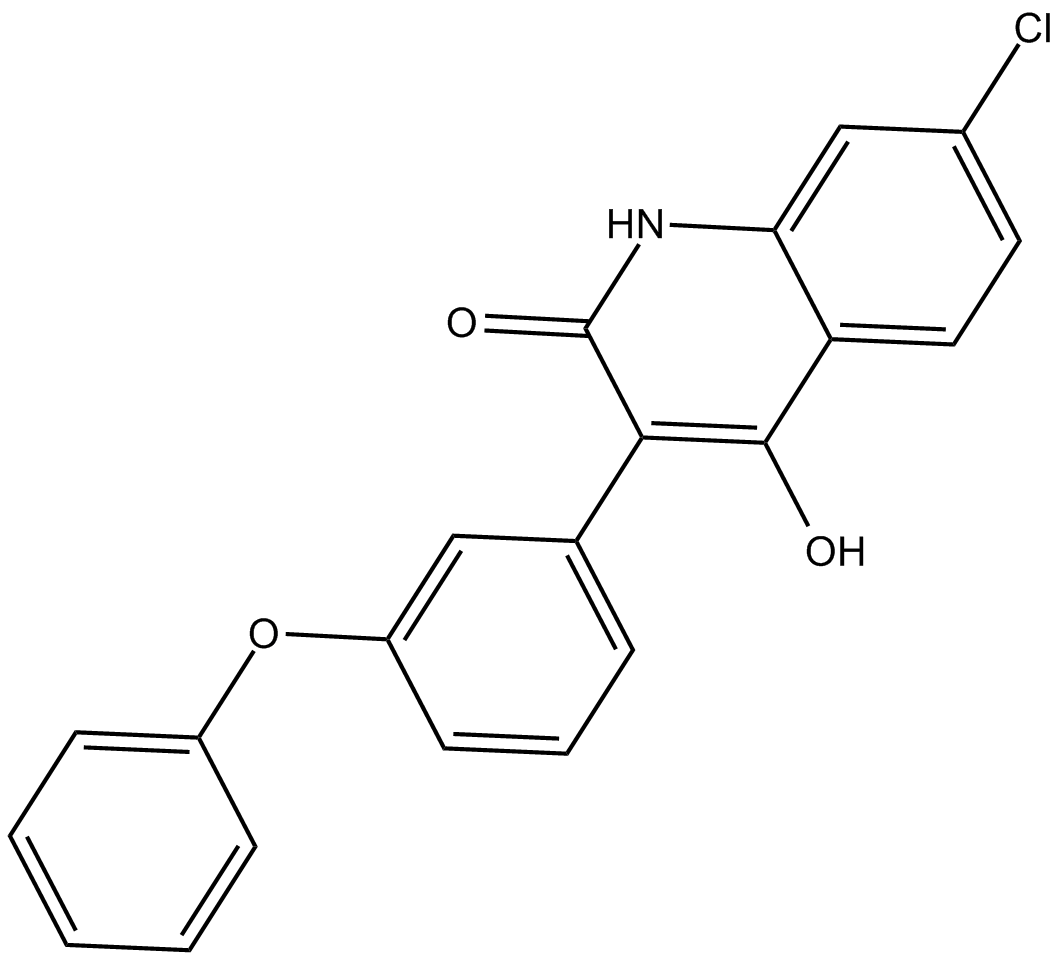
-
GC12154
L-AP5
NMDA antagonist
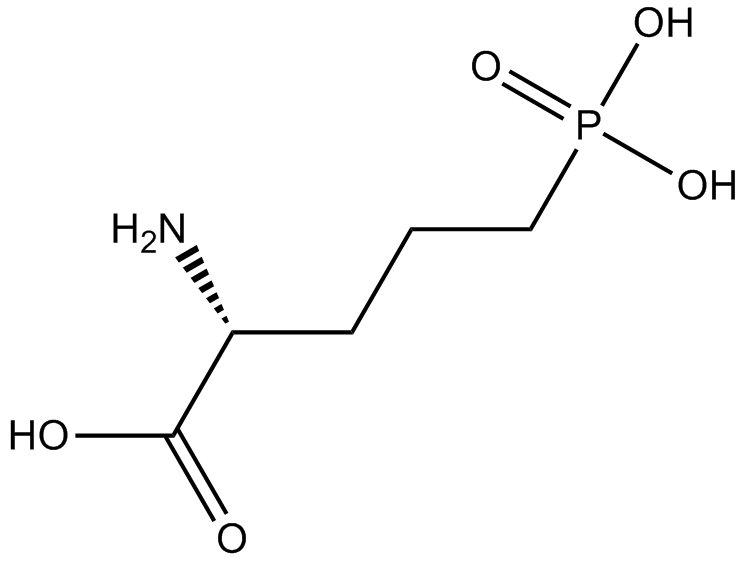
-
GC17823
L-Cysteinesulfinic acid
L-CysteinsulfinsÄure ist ein potenter Agonist an mehreren metabotropen Glutamatrezeptoren (mGluRs) der Ratte mit pEC50-Werten von 3,92, 4,6, 3,9, 2,7, 4,0 und 3,94 fÜr mGluR1, mGluR5, mGluR2, mGluR4, mGluR6 bzw. mGluR8 .
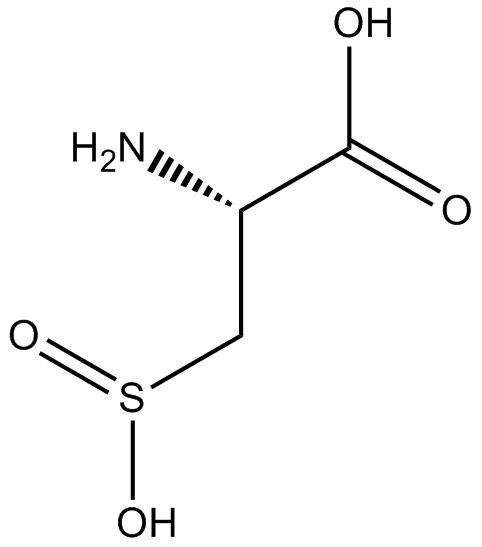
-
GC11124
Lanicemine
Lanicemine (AZD6765) ist ein niedrig einfangender NMDA-Kanalblocker (Ki von 0,56-2,1 μM fÜr den NMDA-Rezeptor; IC50-Werte von 4-7 μM und 6,4 μM in CHO- bzw. Xenopus-Eizellen).
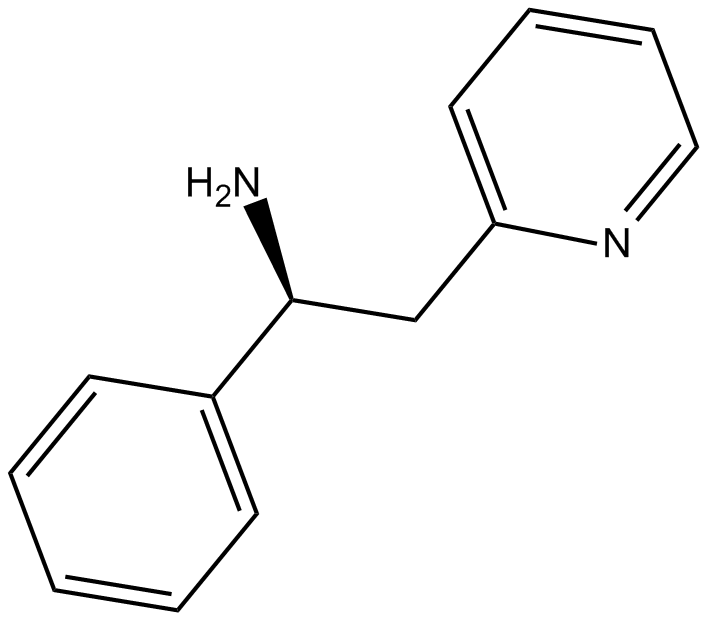
-
GC11862
LY 233053
Competitive NMDA receptor antagonist
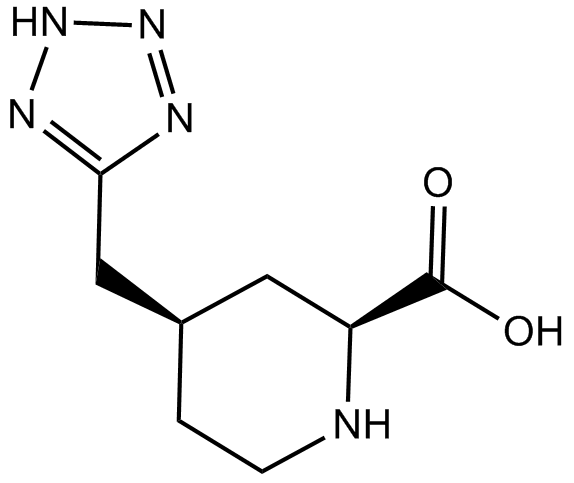
-
GC12873
LY 235959
NMDA receptor antagonist
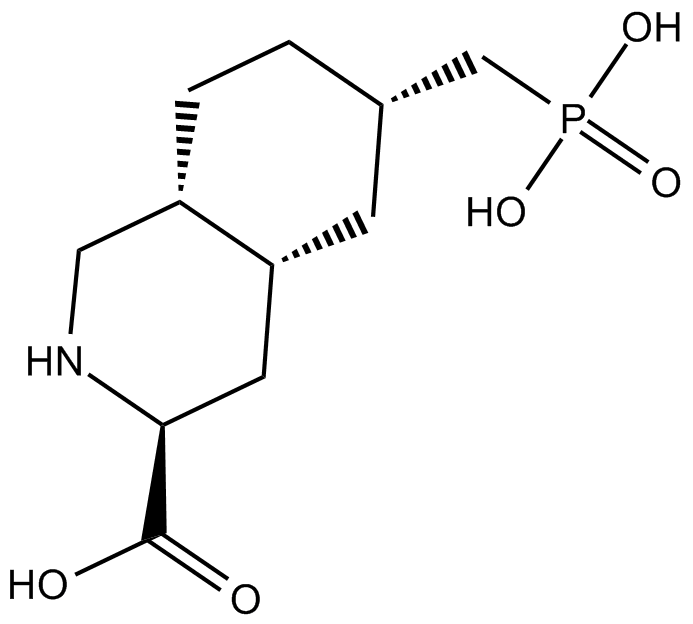
-
GC14039
MDL-29951
MDL-29951 ist ein neuartiger Glycinantagonist der NMDA-Rezeptoraktivierung mit einem Ki von 0,14 μM fÜr die [3H]Glycinbindung in vitro und in vivo.
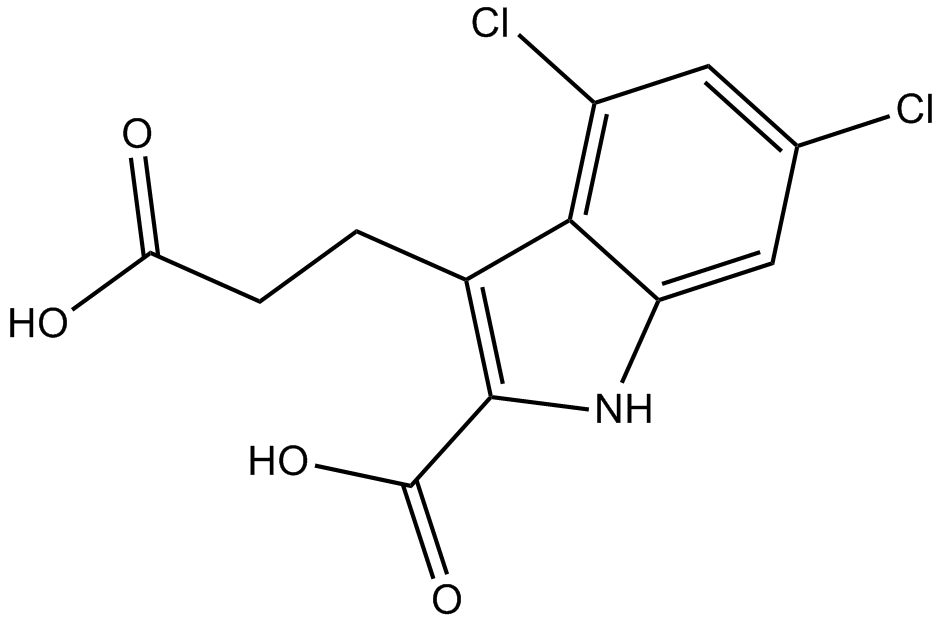
-
GC10688
MNI-caged-D-aspartate
Agonist at NMDA receptors and EAAT substrate
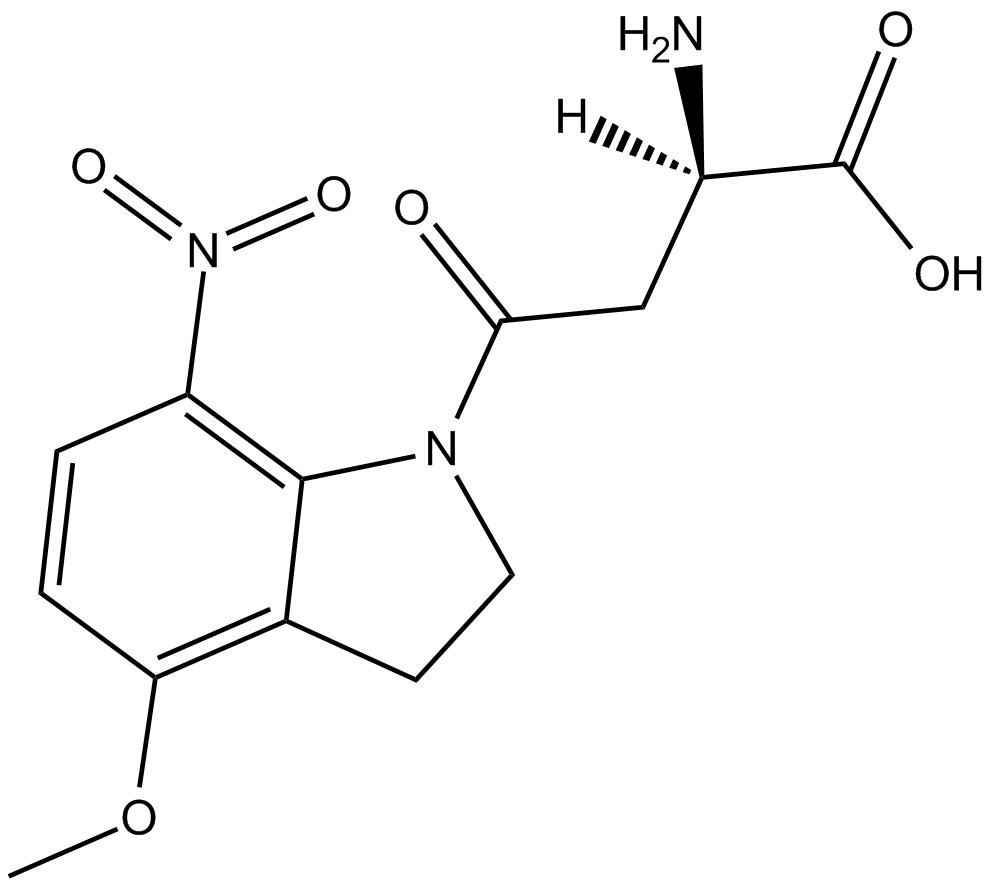
-
GC16240
MNI-caged-NMDA
NMDA caged with the photosensitive 4-methoxy-7-nitroindolinyl group
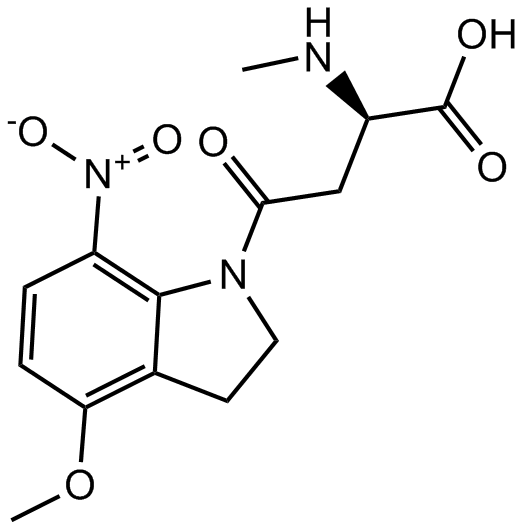
-
GC17652
N-(4-Hydroxyphenylacetyl)spermine
NMDA receptor antagonist
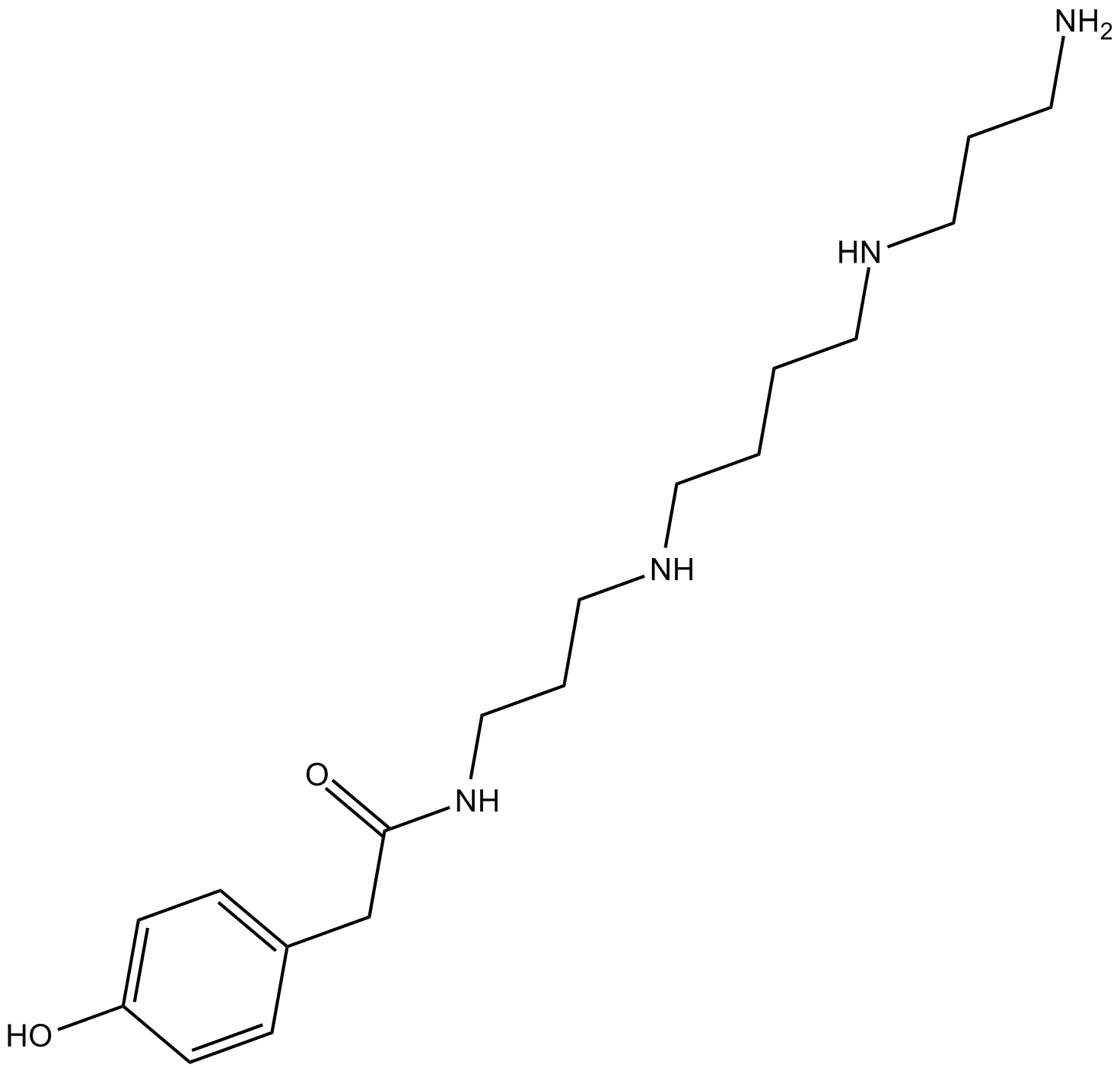
-
GC11281
N20C hydrochloride
NMDA receptor antagonist
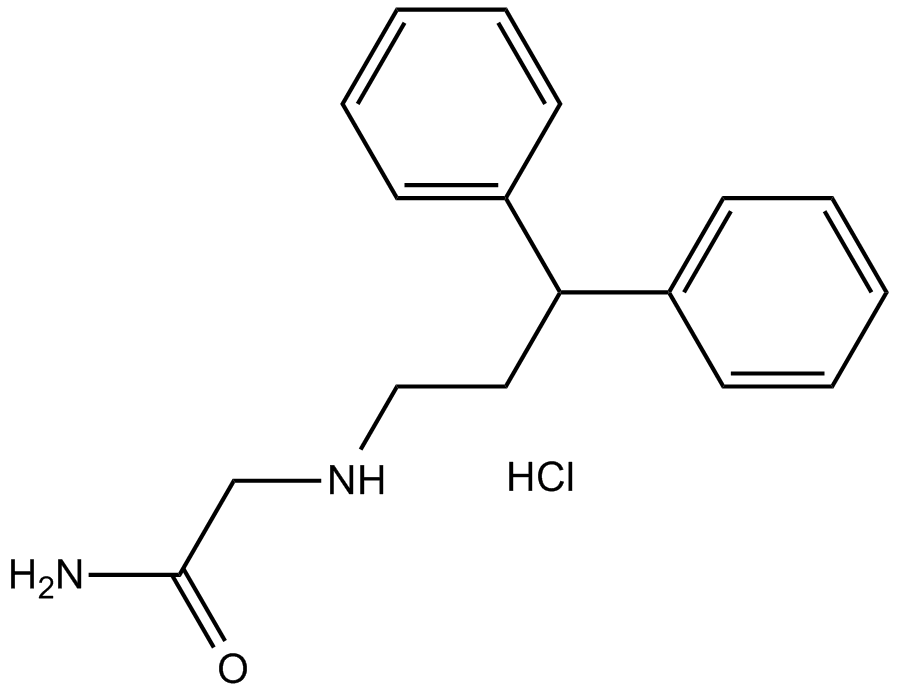
-
GC10574
Norketamine hydrochloride
Hauptmetabolit von Ketamin, NMDA-Rezeptor-Antagonist
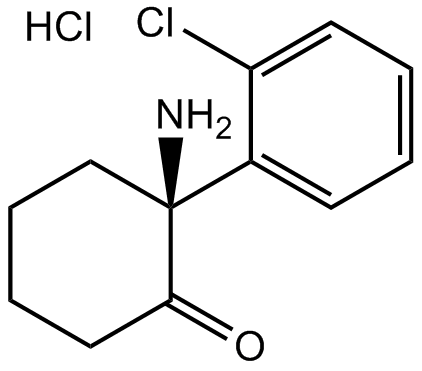
-
GC14357
PMPA (NMDA antagonist)
PMPA (NMDA-Antagonist) ist ein NMDA-Rezeptorantagonist mit Ki-Werten von 0,84, 2,74, 3,53 und 4,16 μM fÜr NR2A, NR2B, NR2C bzw. NR2D.
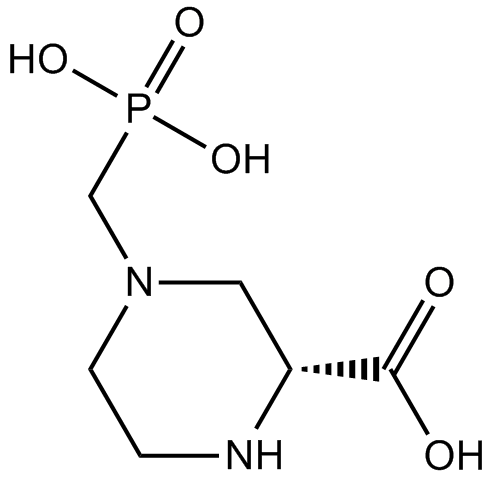
-
GC10247
PPDA
PPDA ist ein Subtyp-selektiver NMDA-Rezeptorantagonist, der bevorzugt an NR2C/NR2D-haltige Rezeptoren bindet.
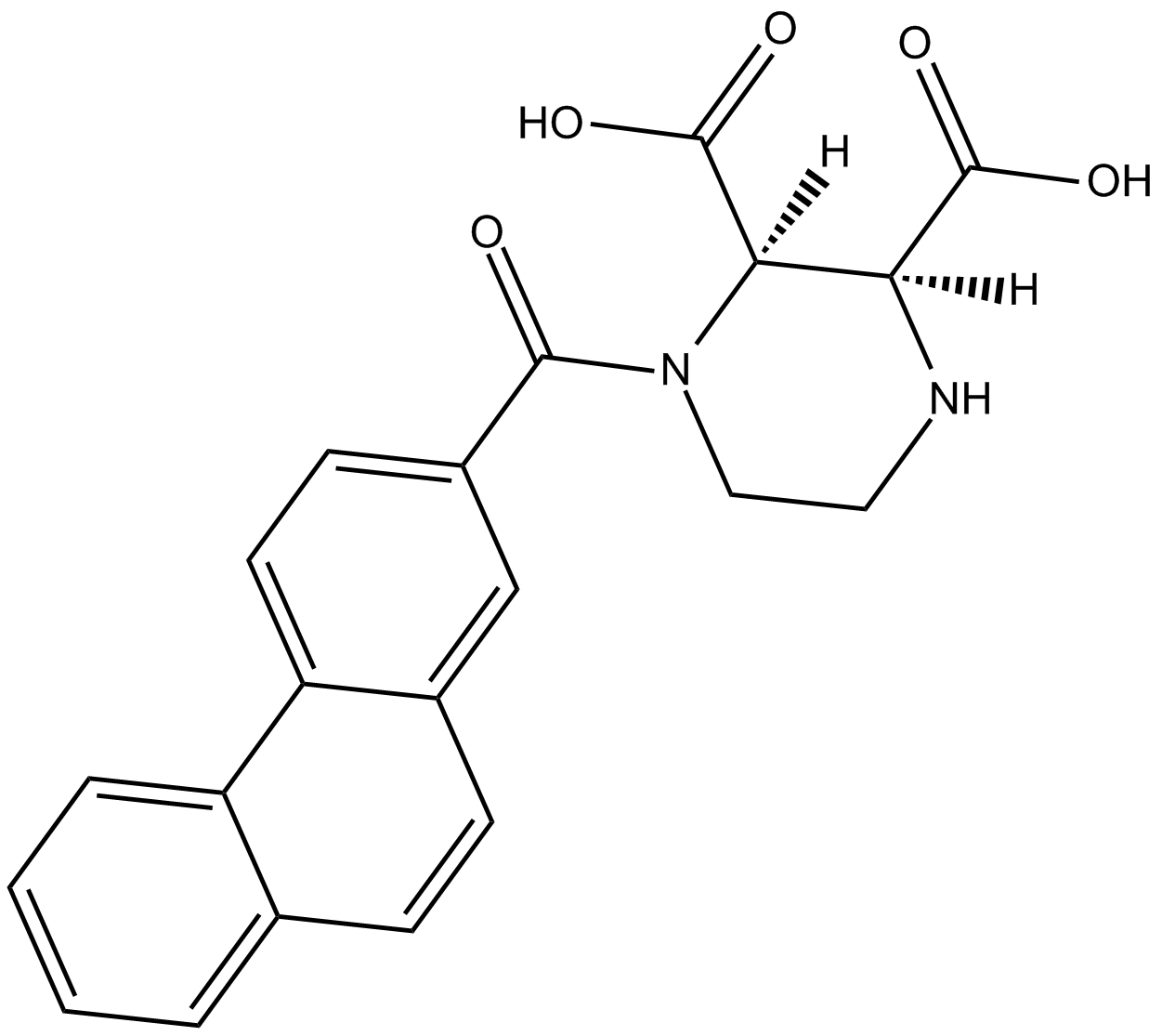
-
GC11879
PPPA
PPPA ist ein kompetitiver NMDA-Rezeptorantagonist, der eine moderate SelektivitÄt fÜr NR2A-haltige Rezeptoren aufweist.
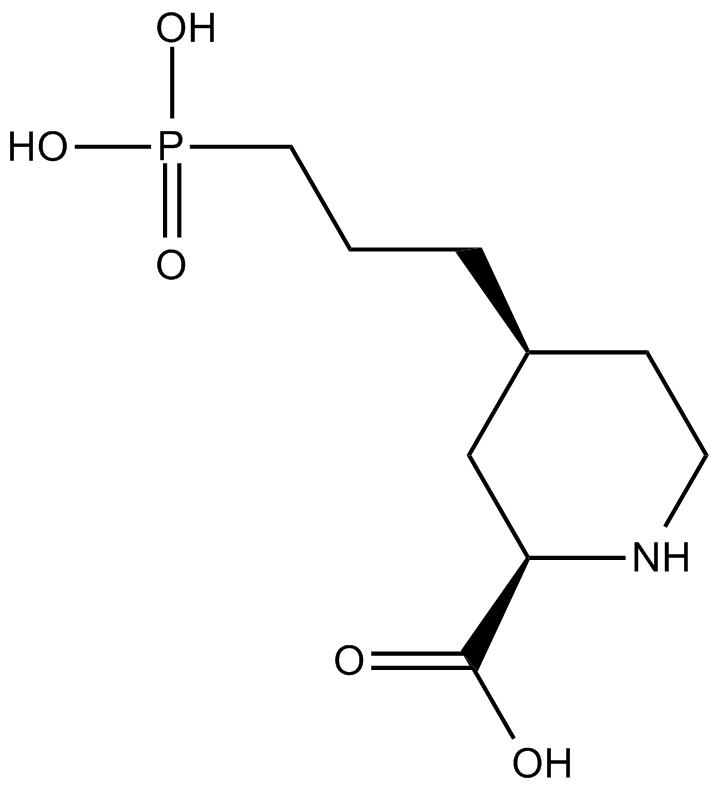
-
GC16776
QNZ 46
QNZ 46 ist ein nicht-kompetitiver NR2C/NR2D-selektiver NMDA-Rezeptorantagonist (IC50-Werte sind 3, 6, 229 und \u003e300, \u003e300 μM für NR2D, NR2C, NR2A, NR2B bzw. GluR1).
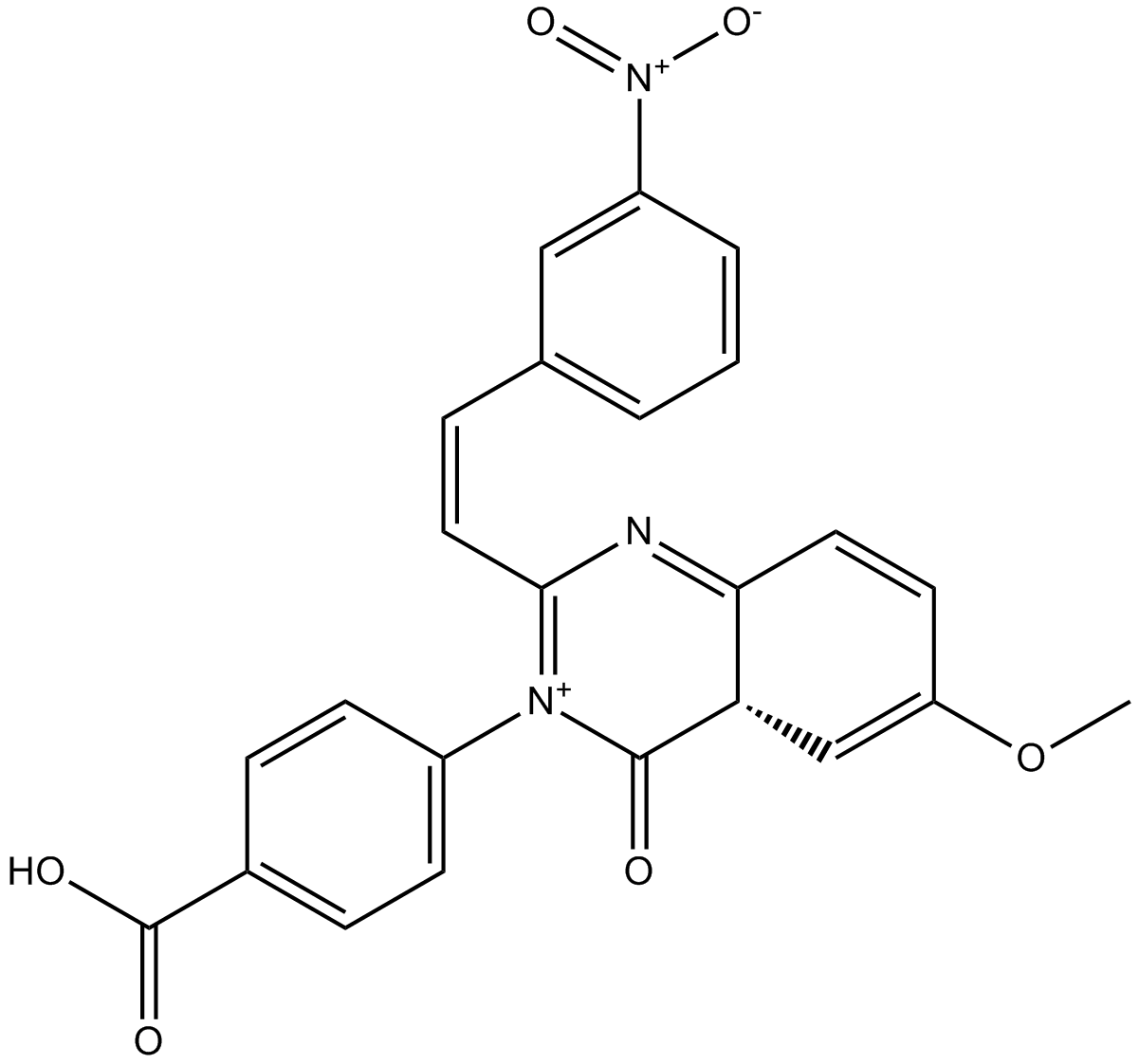
-
GC14547
Quinolinic acid
ChinolinsÄure ist ein endogener N-Methyl-D-Aspartat (NMDA)-Rezeptoragonist, der aus L-Tryptophan Über den Kynurenin-Weg synthetisiert wird und dadurch das Potenzial hat, neuronale SchÄden und FunktionsstÖrungen durch N-Methyl-D-Aspartat zu vermitteln .
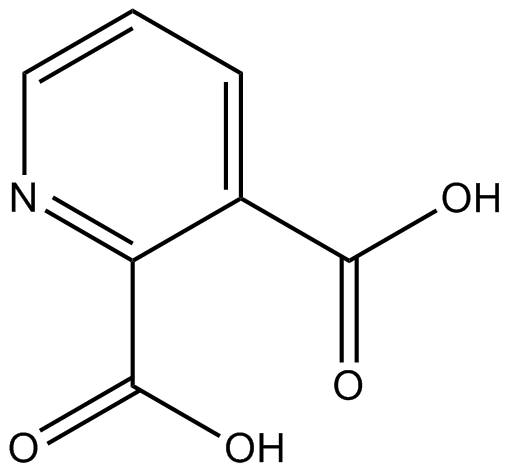
-
GC16131
Remacemide hydrochloride
Remacemidhydrochlorid (FPL 12924AA), ein moderater Inhibitor des Na+-Kanals, ist ein schwacher, nicht kompetitiver NMDA-Rezeptorantagonist mit IC50-Werten von 68 μM und 76 μM fÜr die MK-801-Bindung bzw. NMDA-StrÖme.
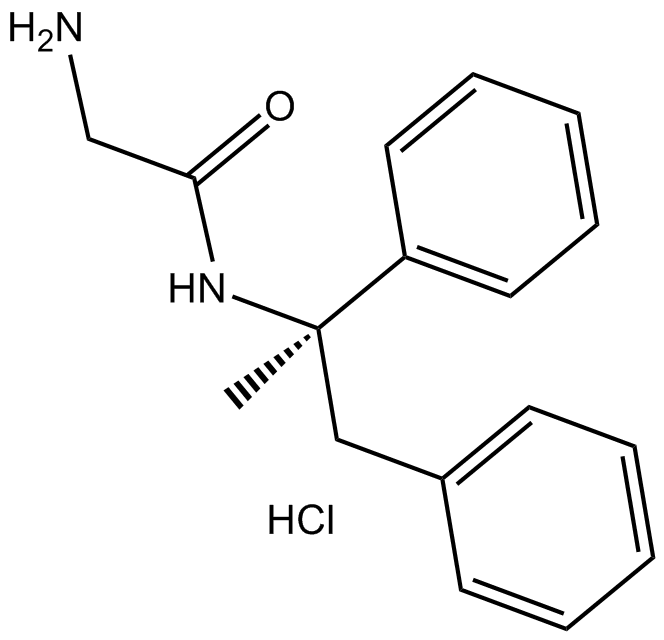
-
GC14782
Ro 04-5595 hydrochloride
NR2B-containing NMDA receptors antagonist
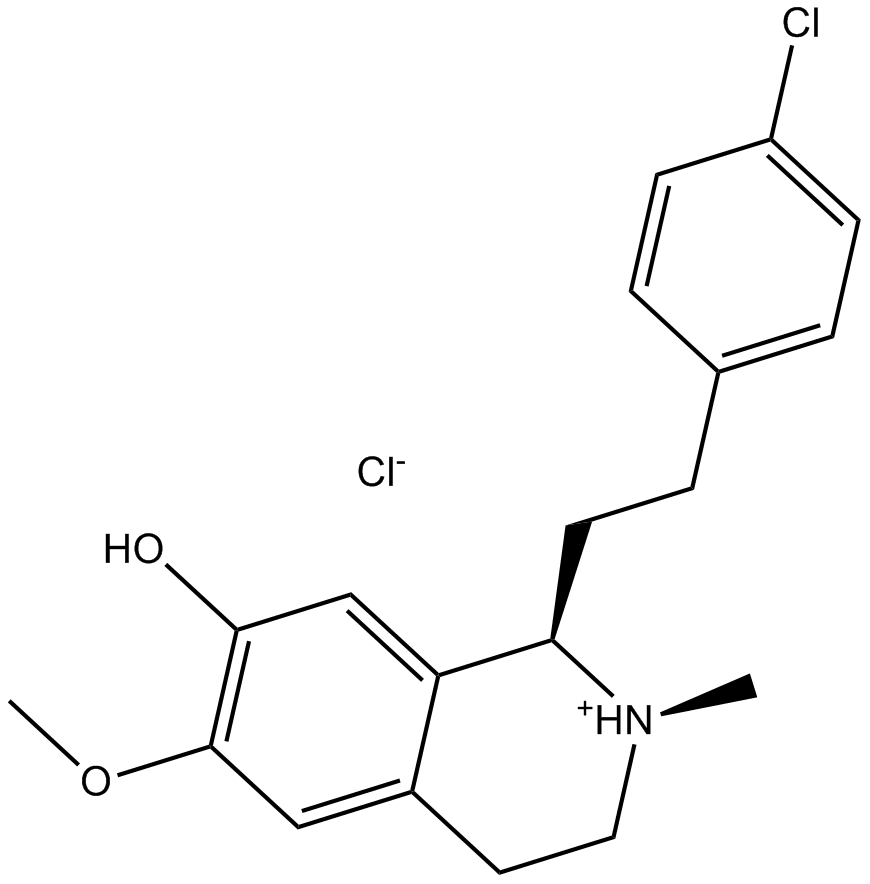
-
GC14381
Ro 8-4304 hydrochloride
NMDA receptor antagonist

-
GC12816
SDZ 220-040
NMDA receptor antagonist
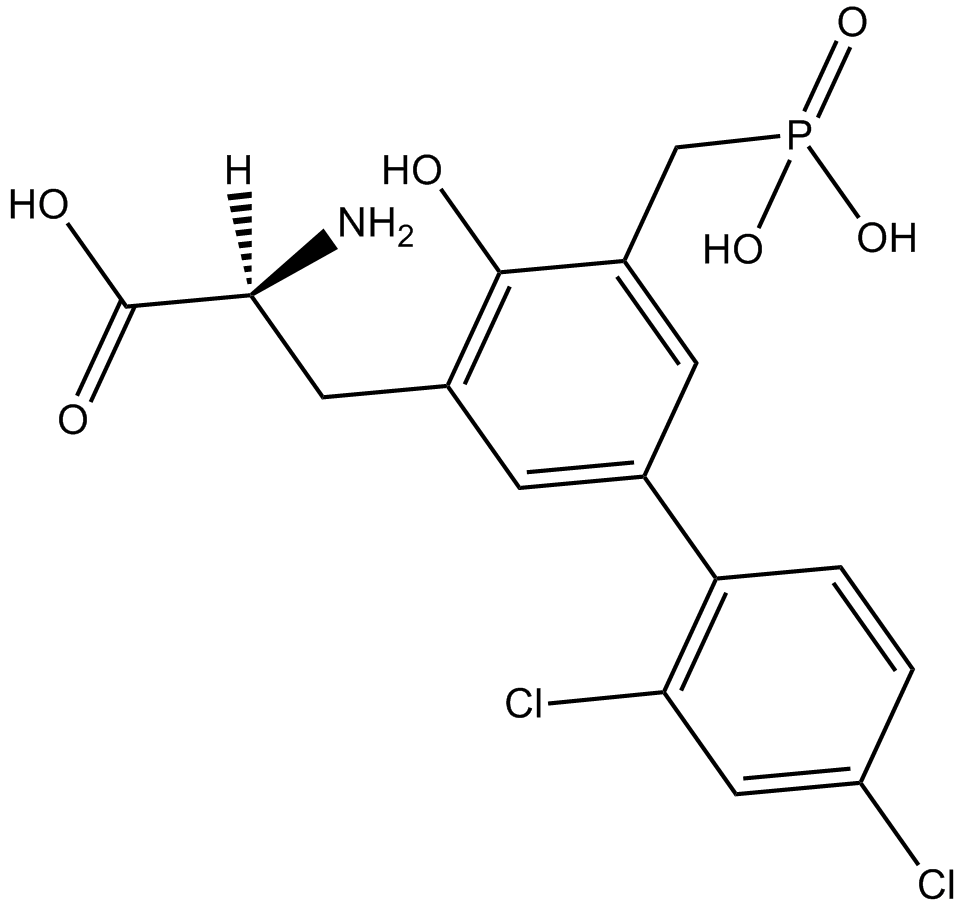
-
GC18118
SDZ 220-581
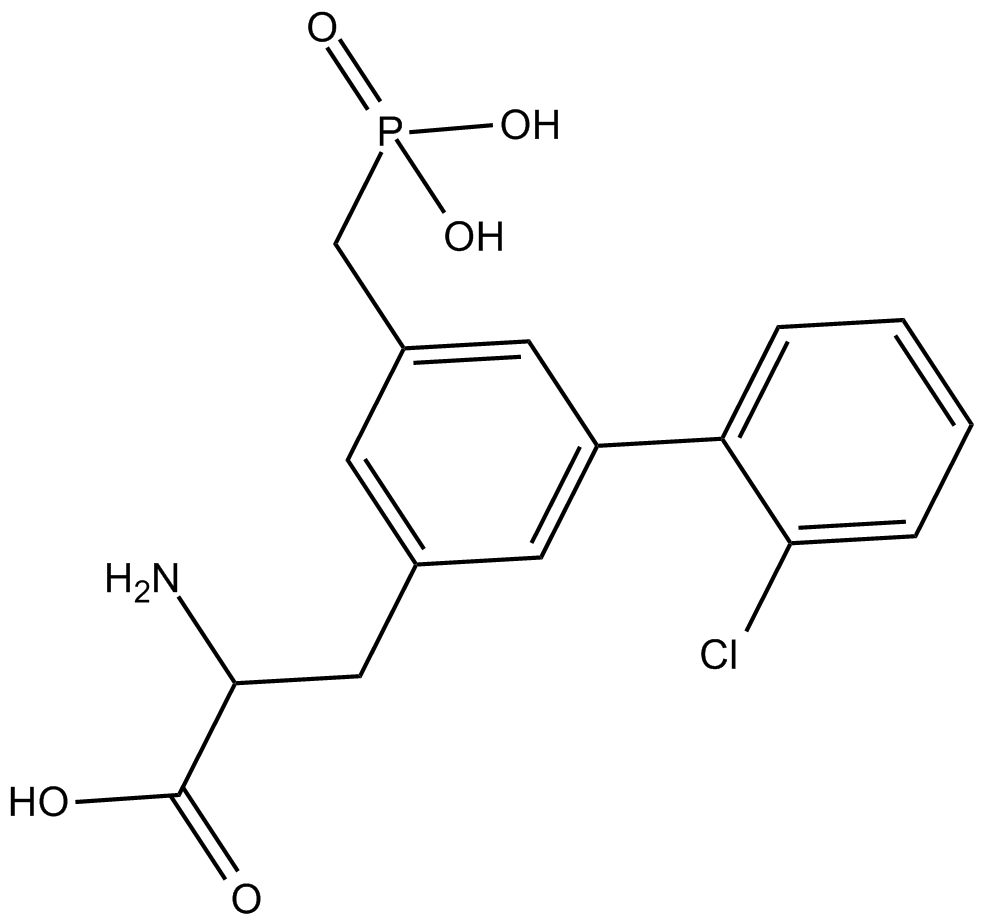
-
GC16986
SDZ 220-581 hydrochloride
SDZ 220-581 Hydrochlorid ist ein oral aktiver, potenter, kompetitiver NMDA-Rezeptorantagonist mit einem pKi-Wert von 7,7.
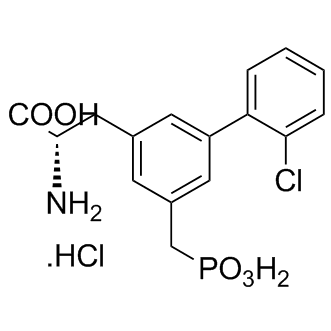
-
GC10866
Spermidine trihydrochloride
Spermidintrihydrochlorid erhÄlt die StabilitÄt der Zellmembran, erhÖht die AktivitÄten antioxidativer Enzyme, verbessert das Photosystem II (PSII) und die relevante Genexpression.
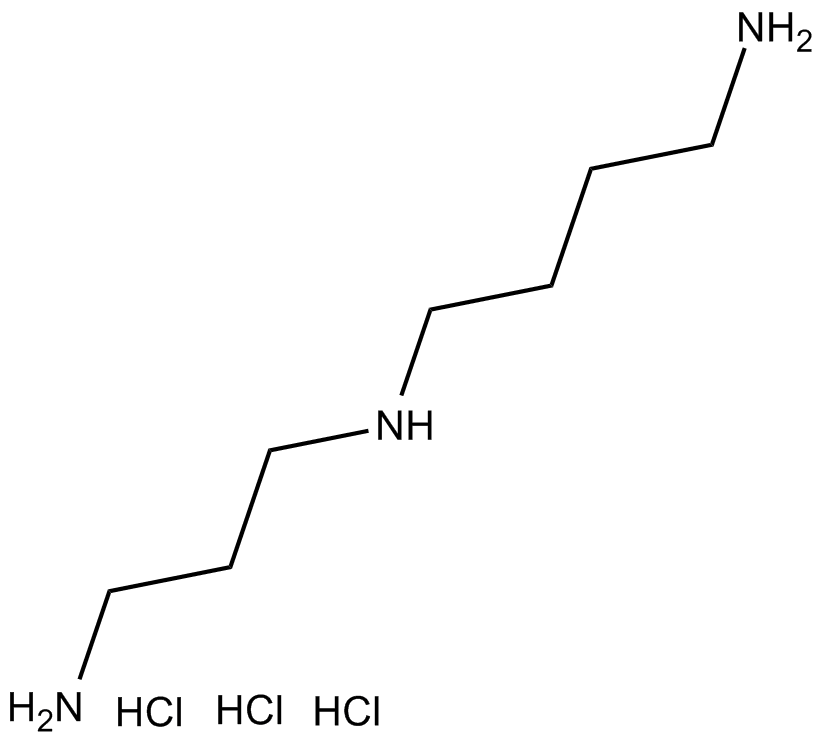
-
GC11064
Spermine tetrahydrochloride
Spermintetrahydrochlorid ist ein kÖrpereigener Metabolit.
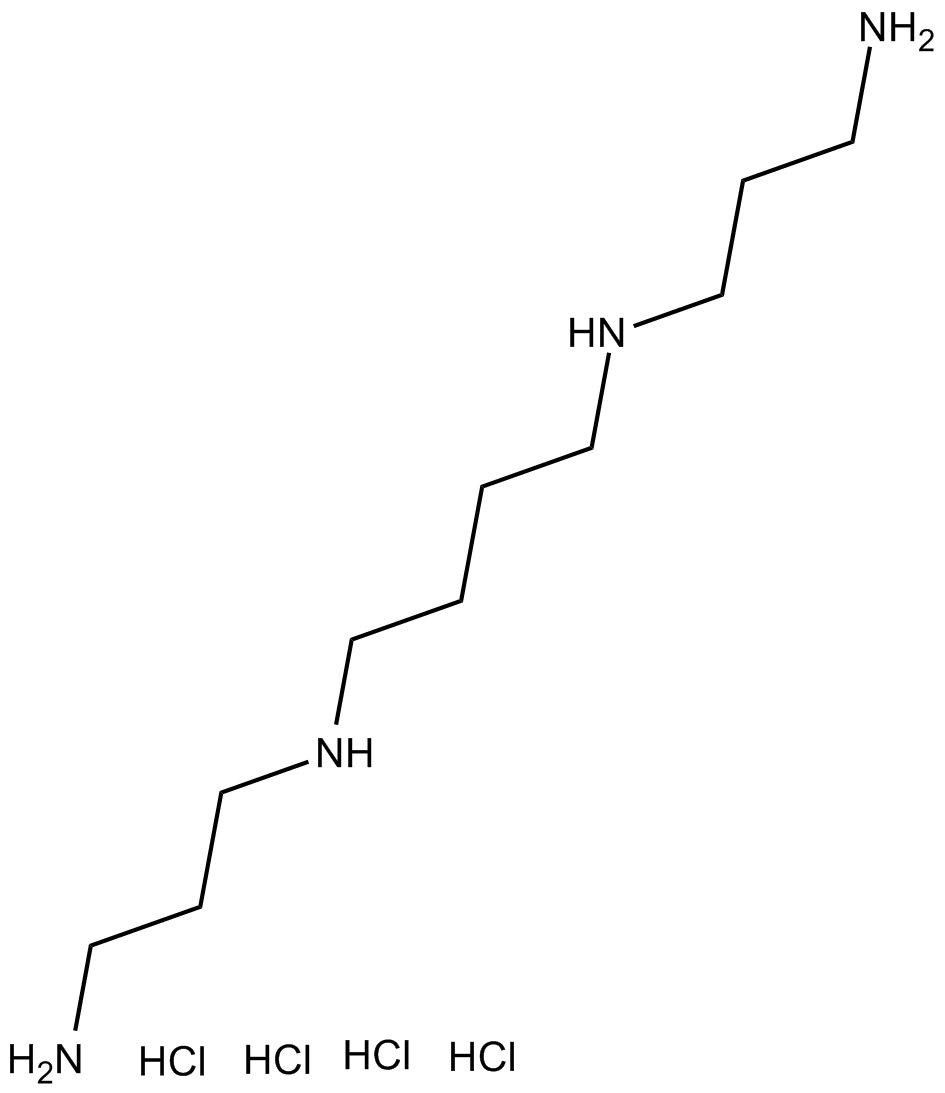
-
GC15732
Synthalin sulfate
NMDA receptor antagonist
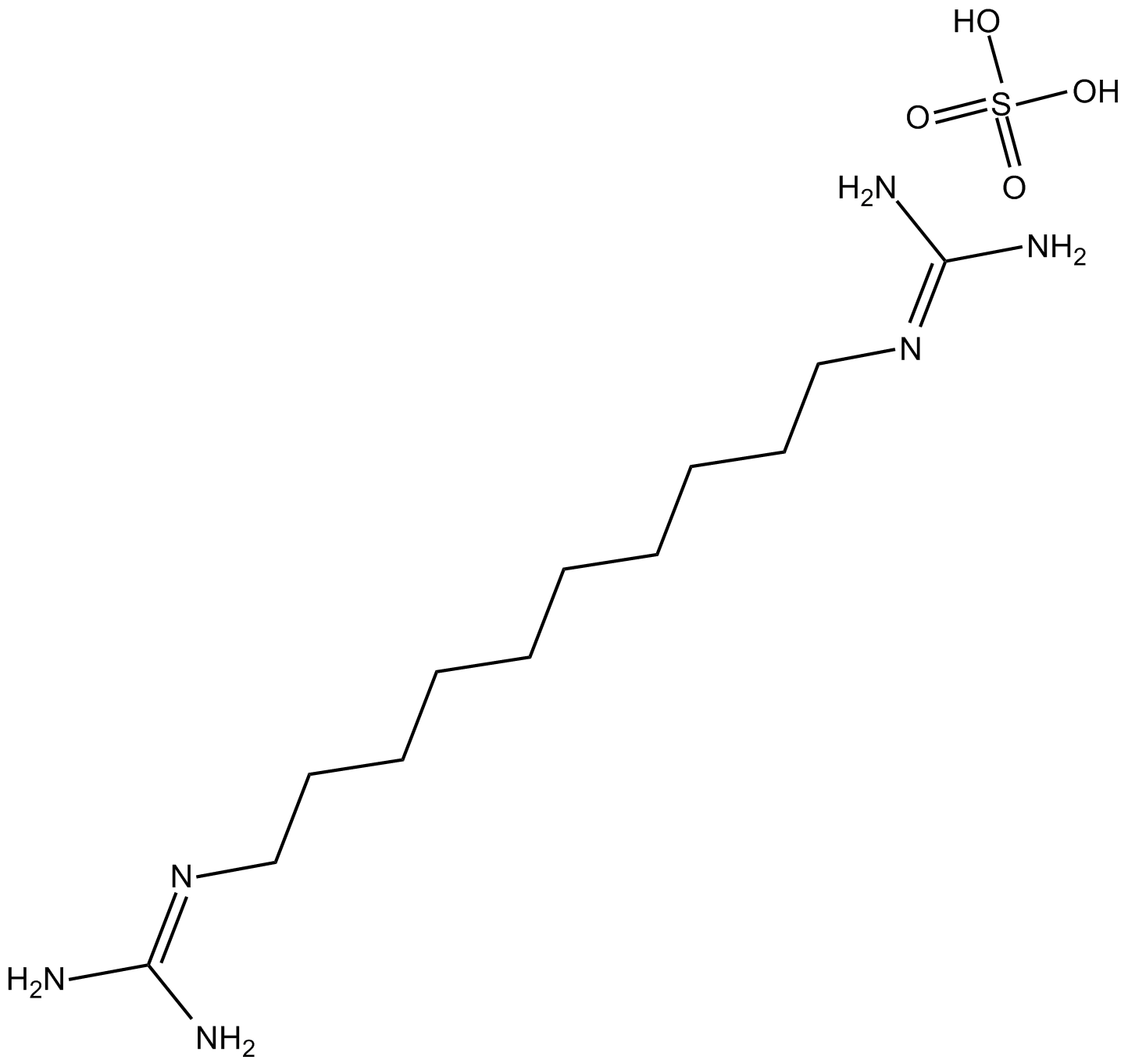
-
GC15065
TCN 201
TCN 201 ist ein potenter, selektiver und nicht-kompetitiver Antagonist des GluN1/GluN2A-NMDA-Rezeptors mit einem pIC50 von 6,8.
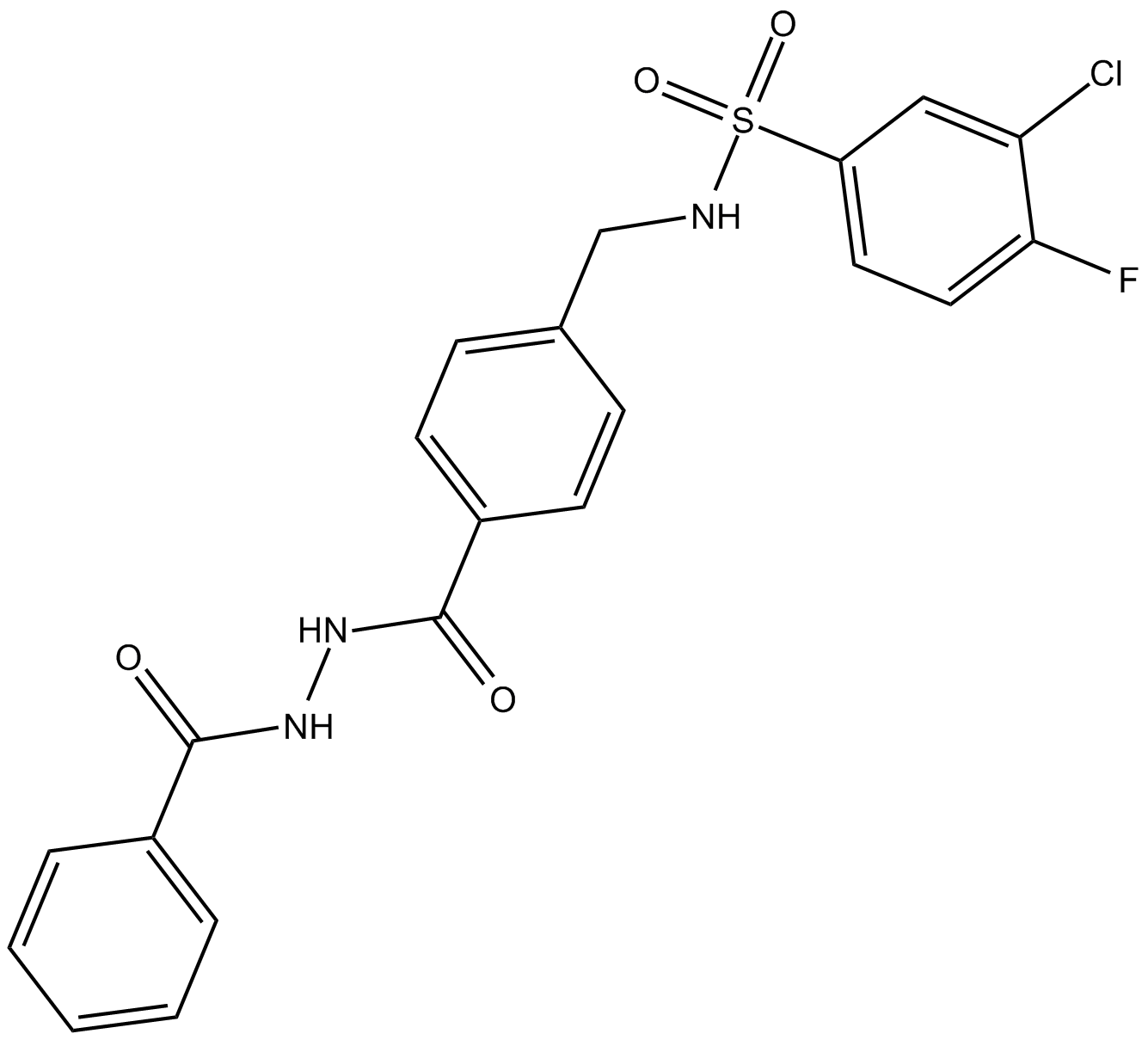
-
GC14770
TCN 213
TCN 213 ist ein selektiver, Überwindbarer, glycinabhÄngiger GluN1/GluN2A-NMDAR-Antagonist mit IC50-Werten von 0,55, 3,5 bzw. 40 μM in Gegenwart von 75, 750 bzw. 7500 nM Glycin.
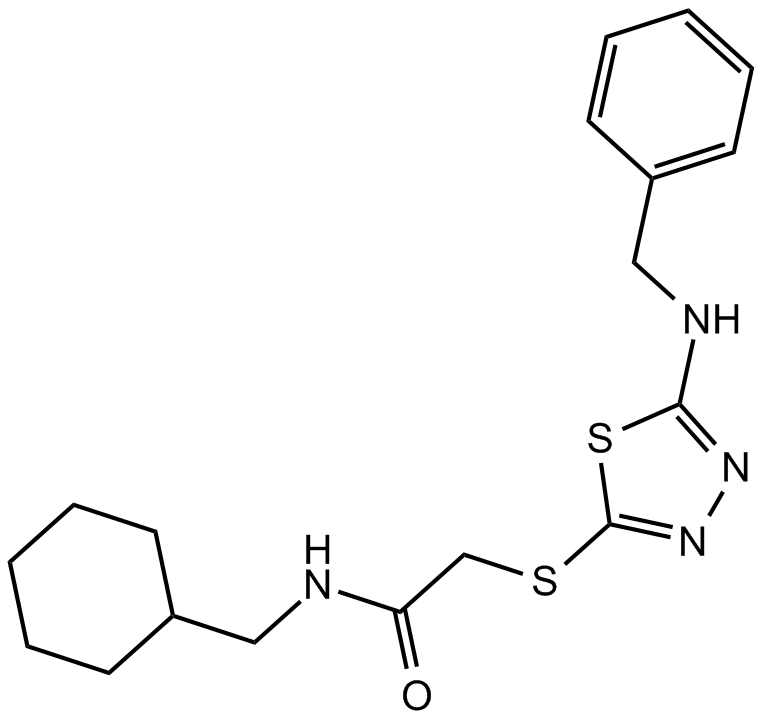
-
GC11585
TCN 237 dihydrochloride
TCN 237 Dihydrochlorid ist ein potenter und NR2B-selektiver NMDA-Antagonist mit einem Ki von 0,85 nM; NR2B Ca2+-Einstrom IC50 betrÄgt 9,7 nM; keine AktivitÄten auf NR2A, NR2C, NR2D, hERG-Kanal und α1-adrenergen Rezeptor.
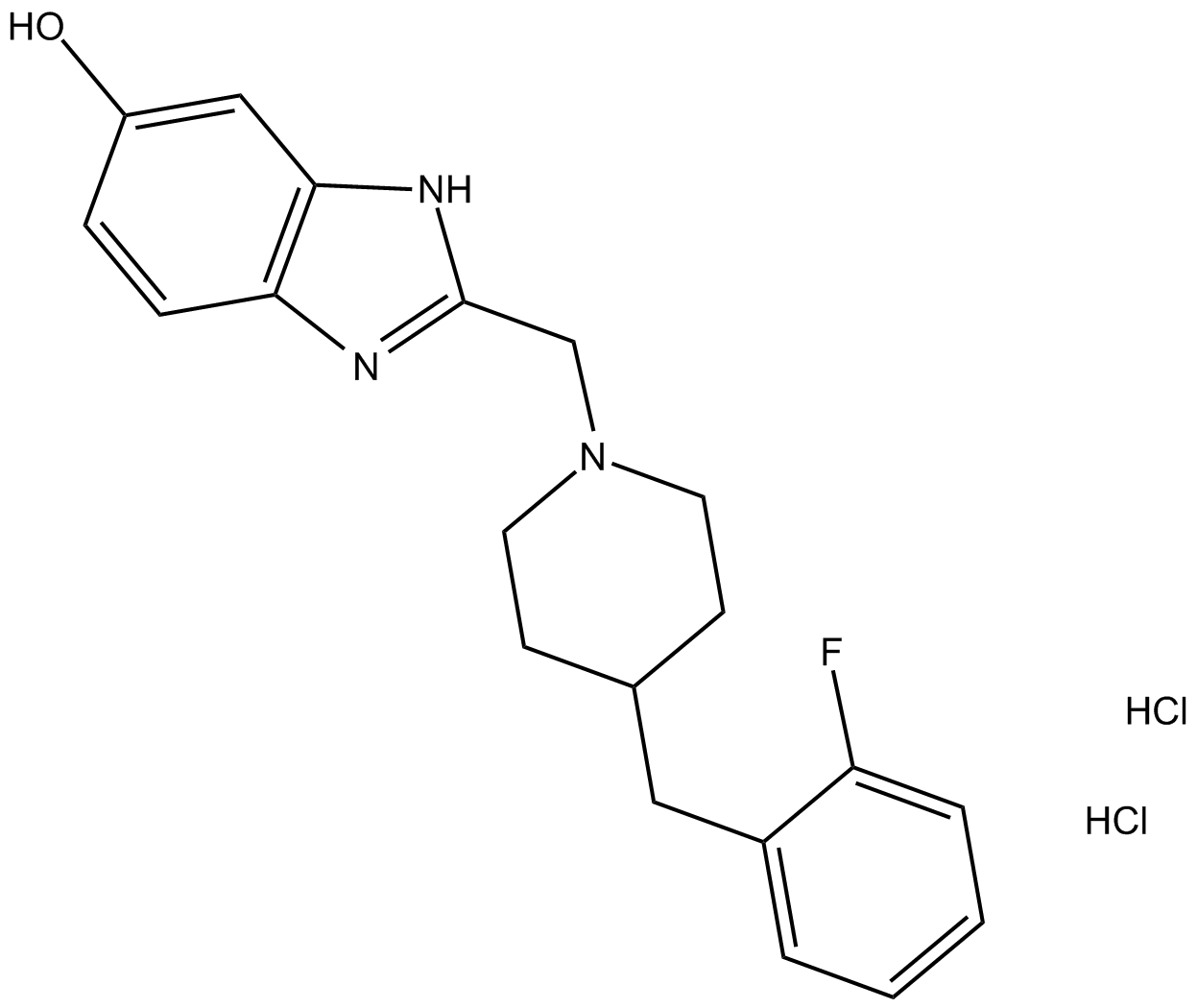
-
GC14442
TCS 46b
NR1A/NR2B NMDA receptor antagonist,orally active
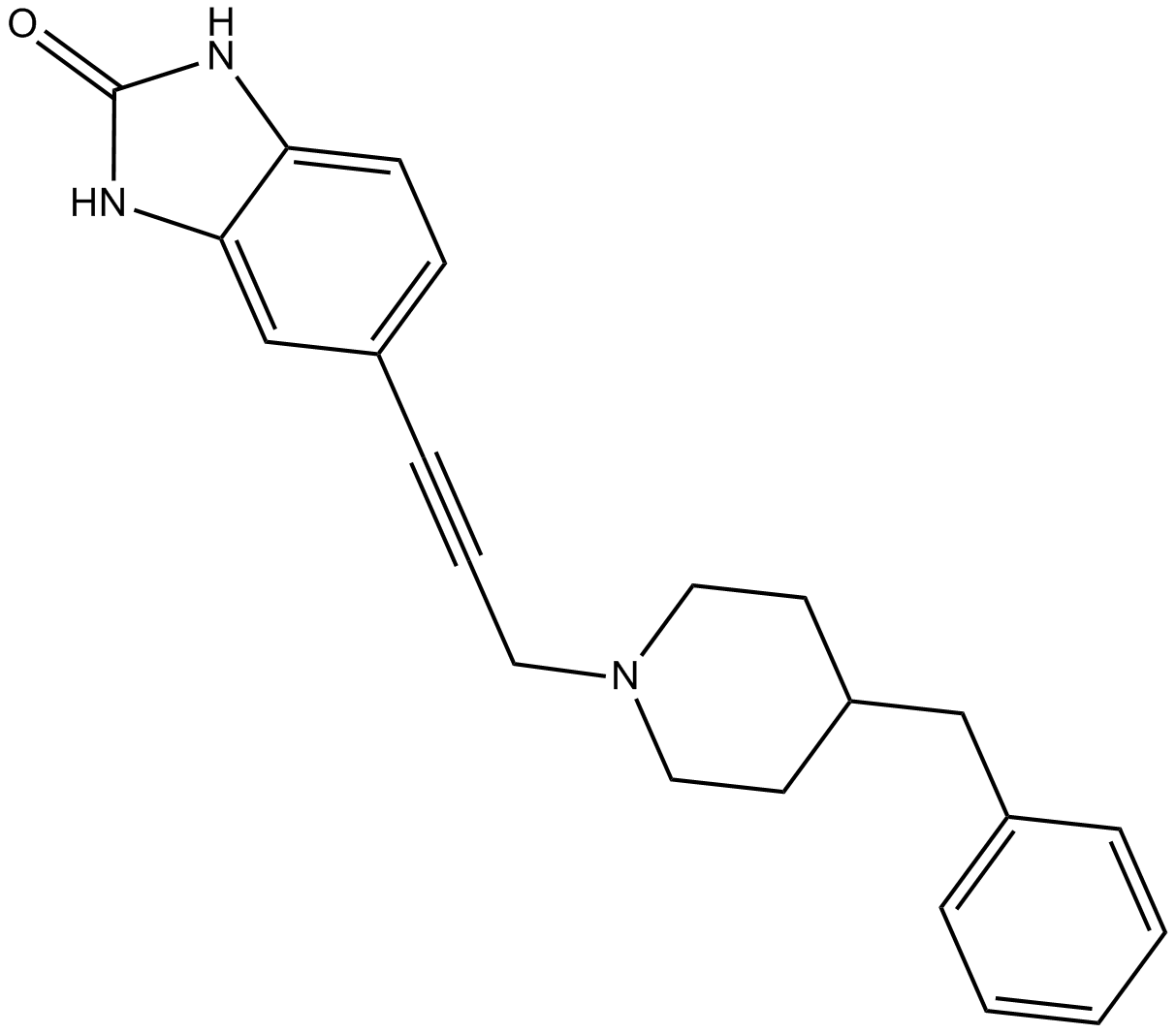
-
GC10595
threo Ifenprodil hemitartrate
σ receptor agonist and NR2B subunit-selective NMDA receptor antagonist
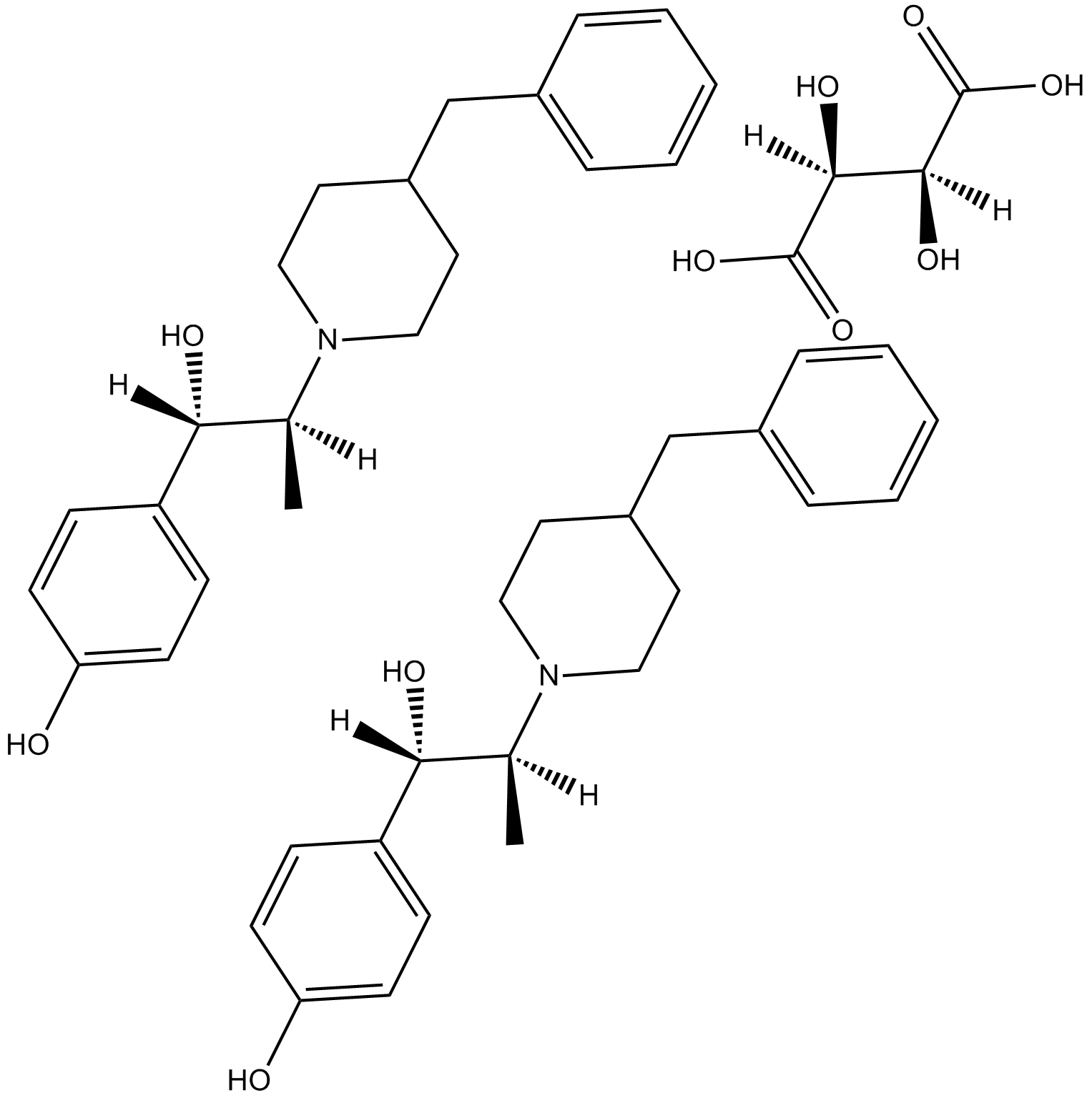
-
GC12785
ZD 9379
ZD 9379 ist ein potenter, oral aktiver und gehirngängiger Vollantagonist an der Glycinstelle des NMDA-Rezeptors.
